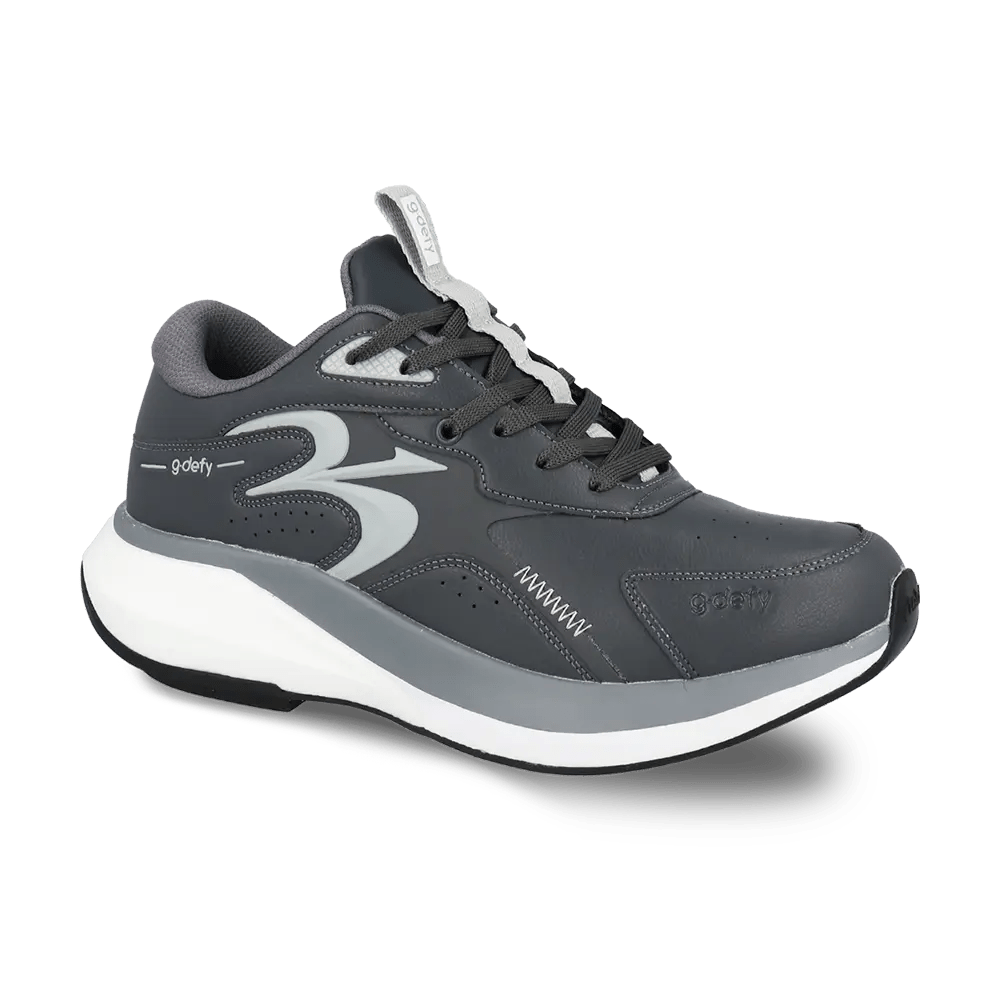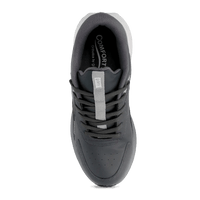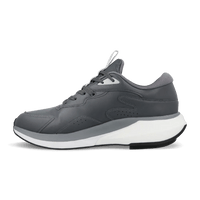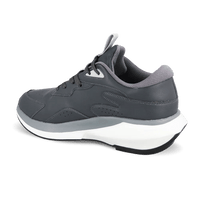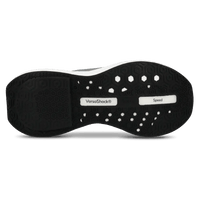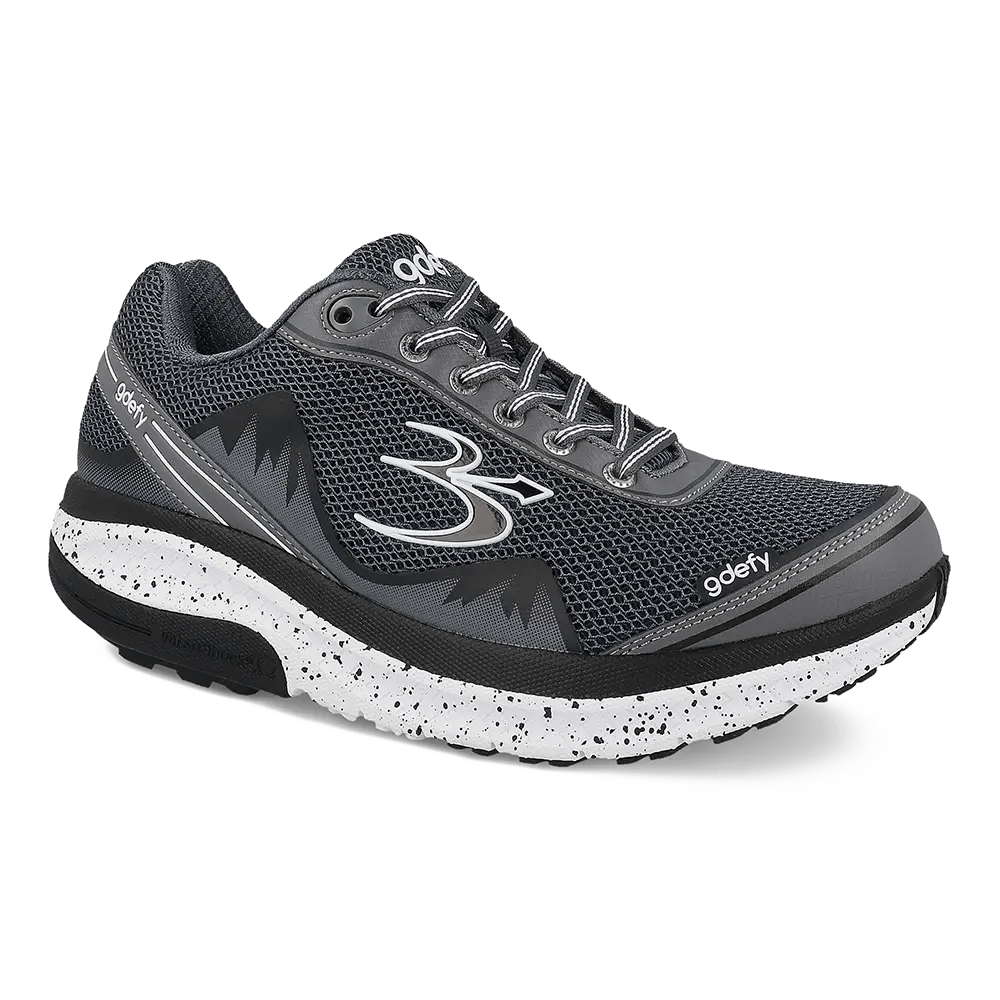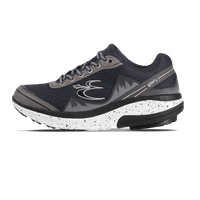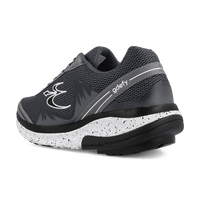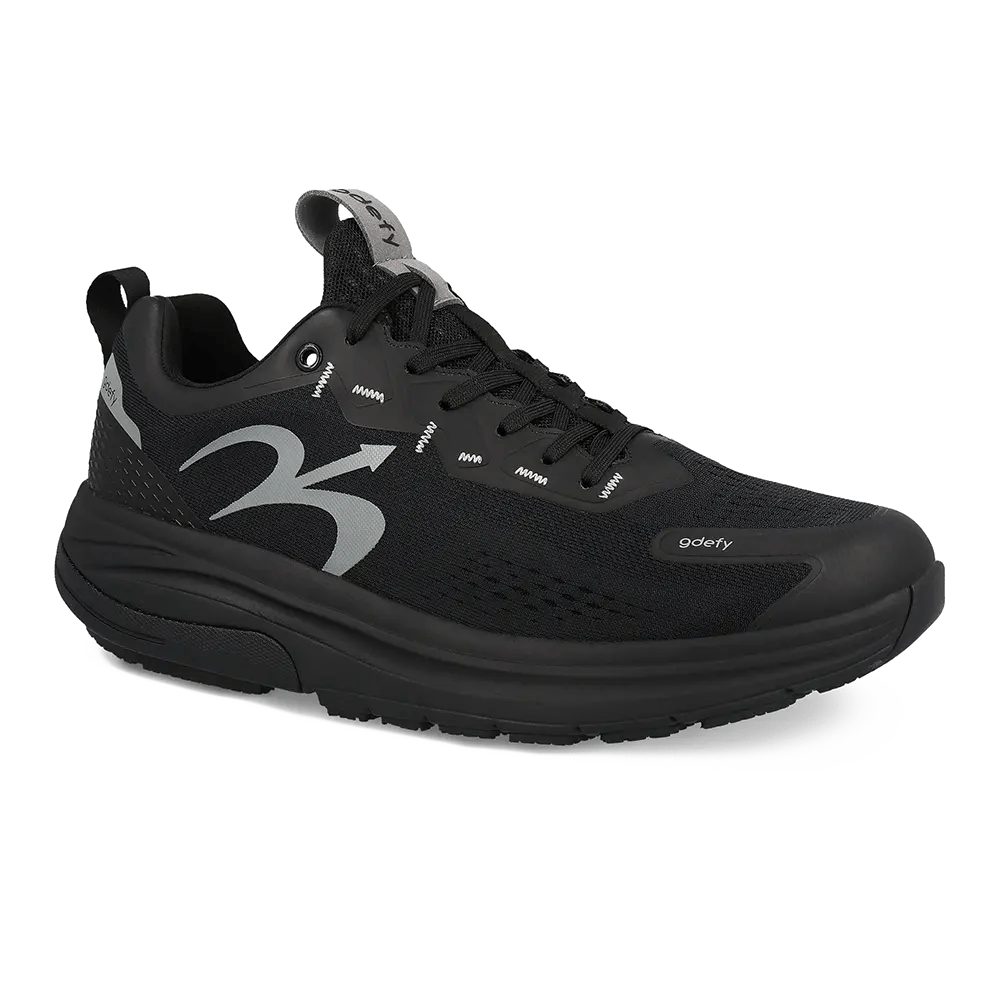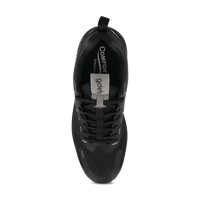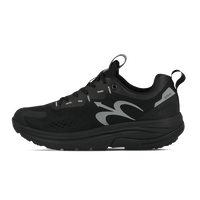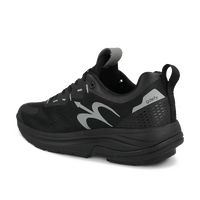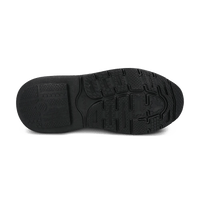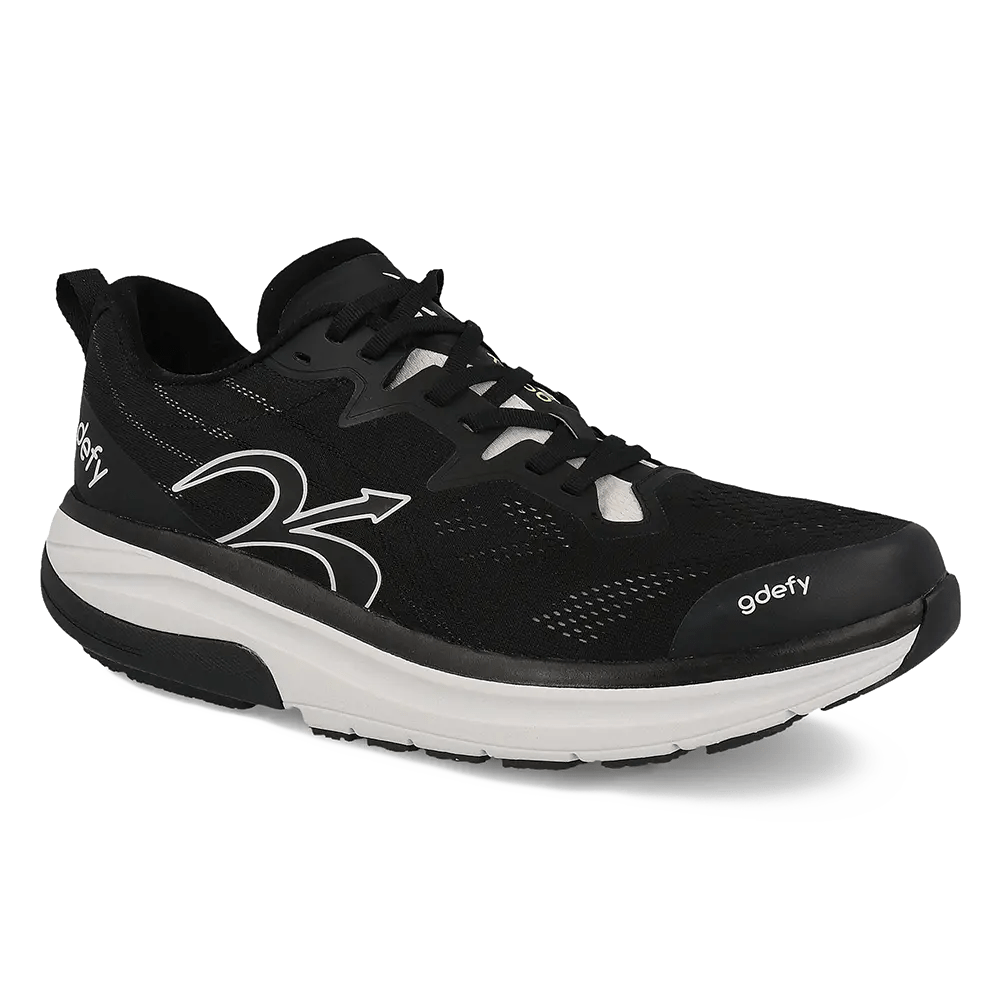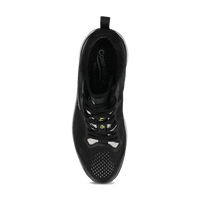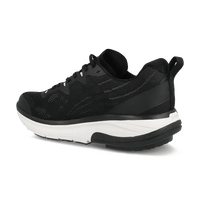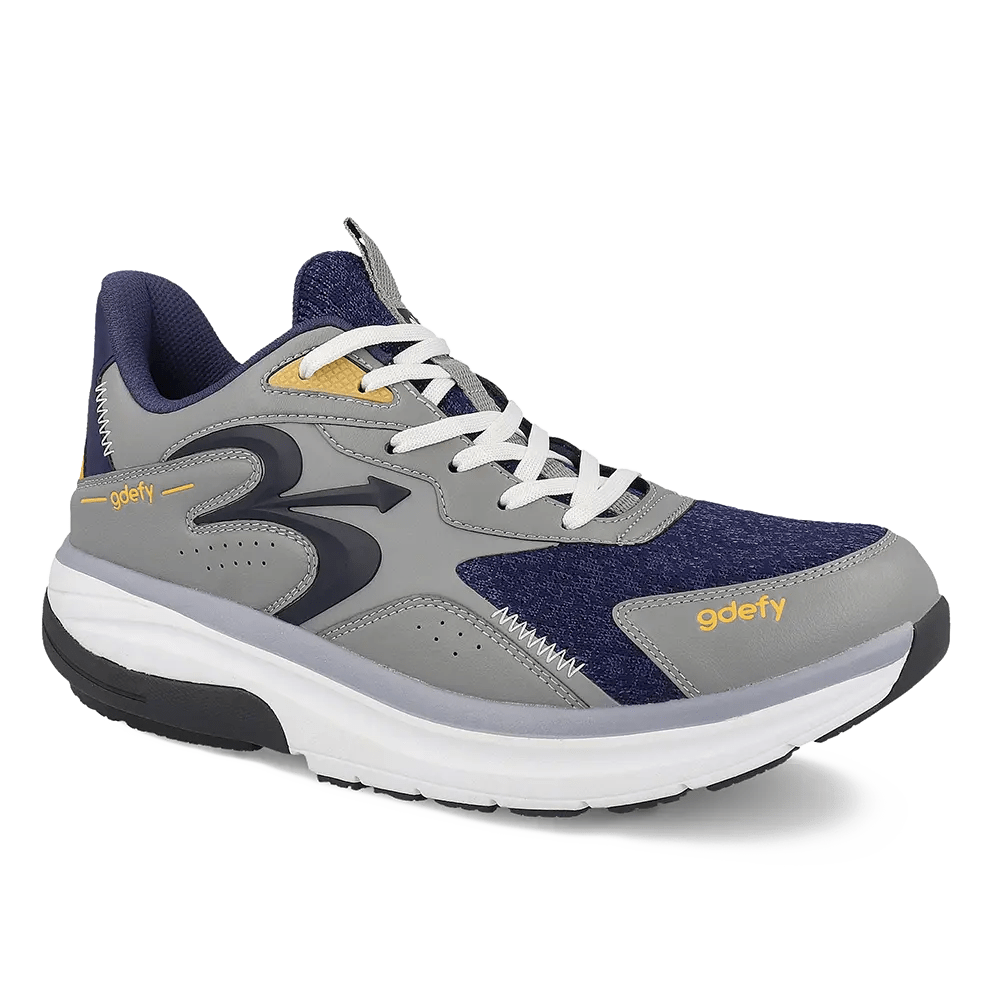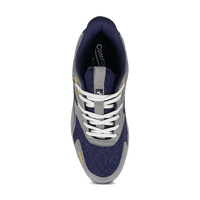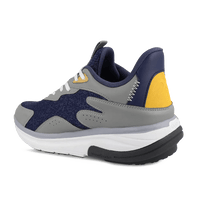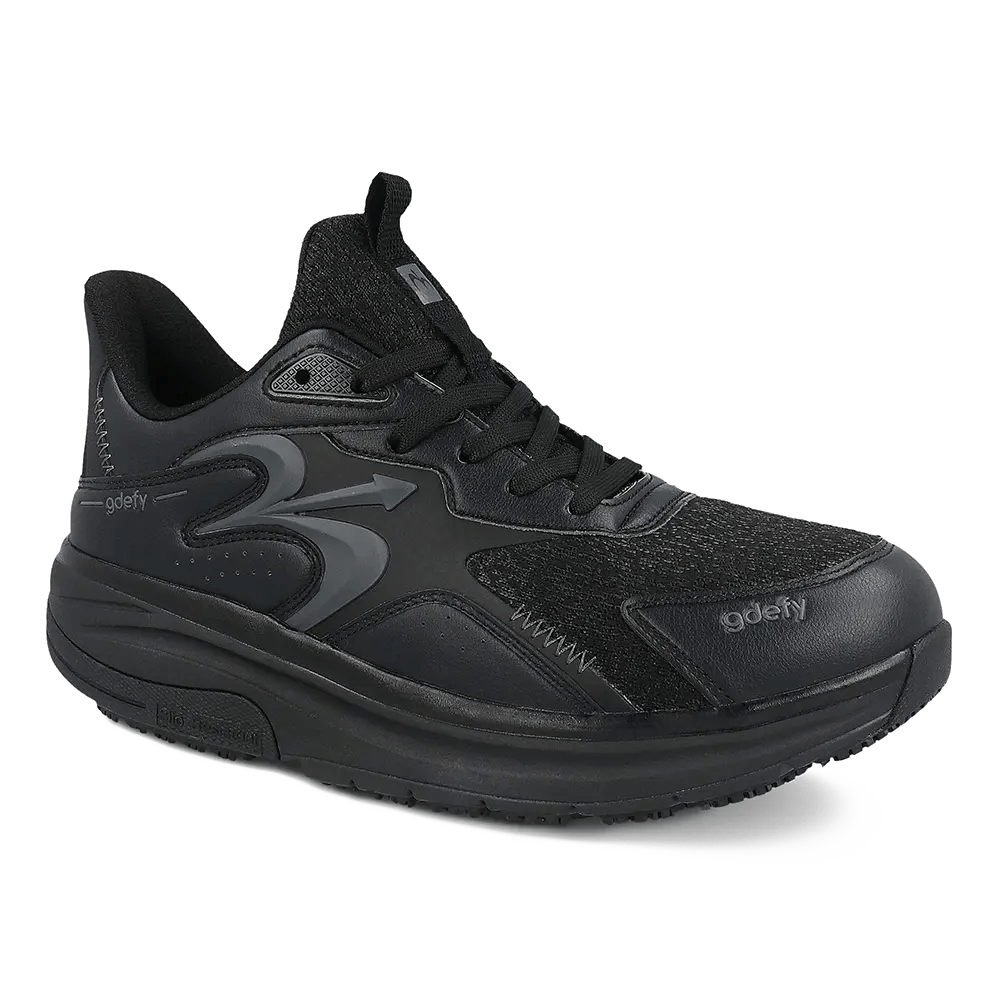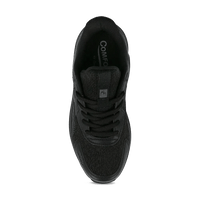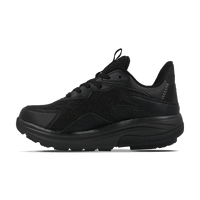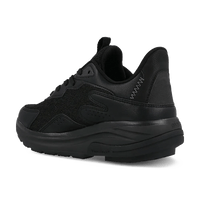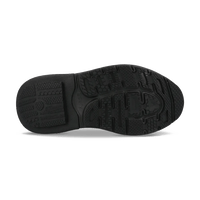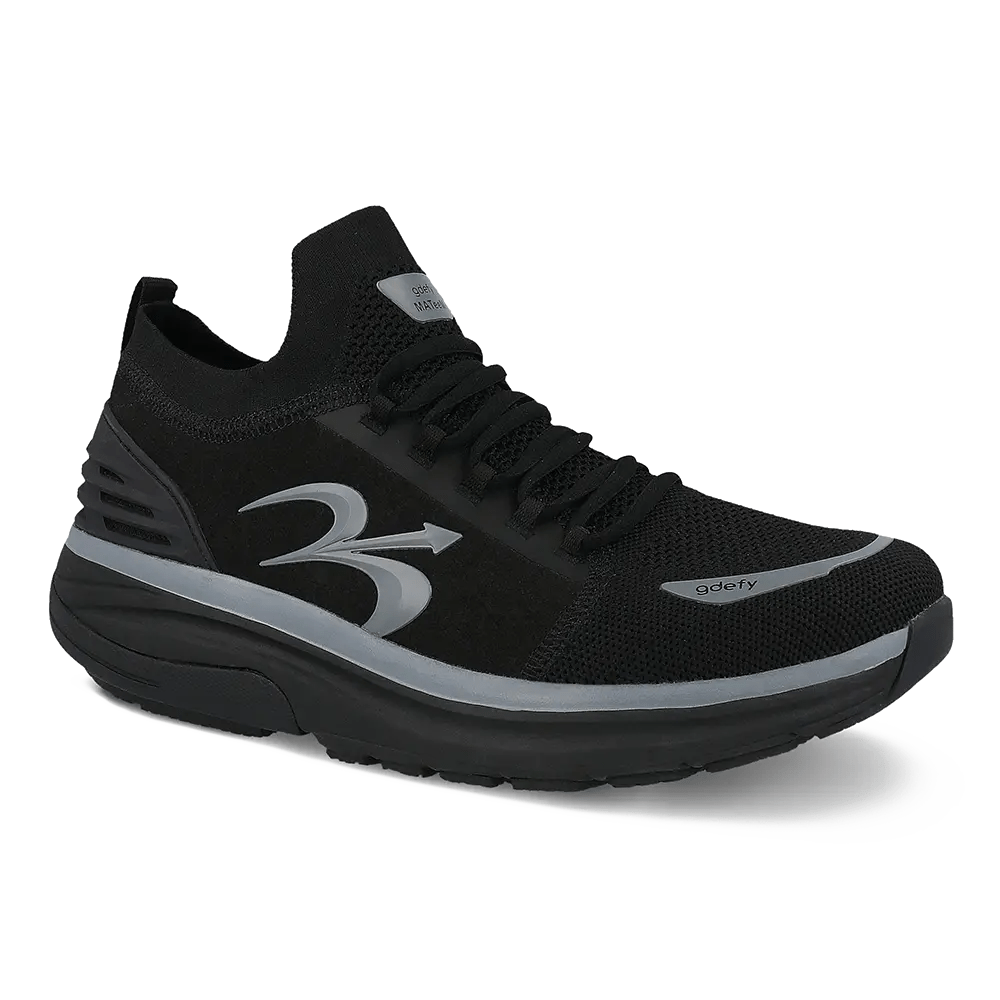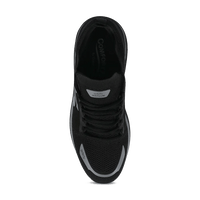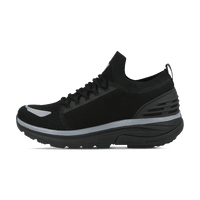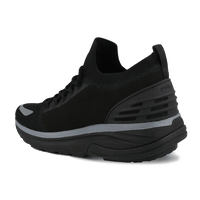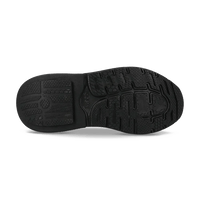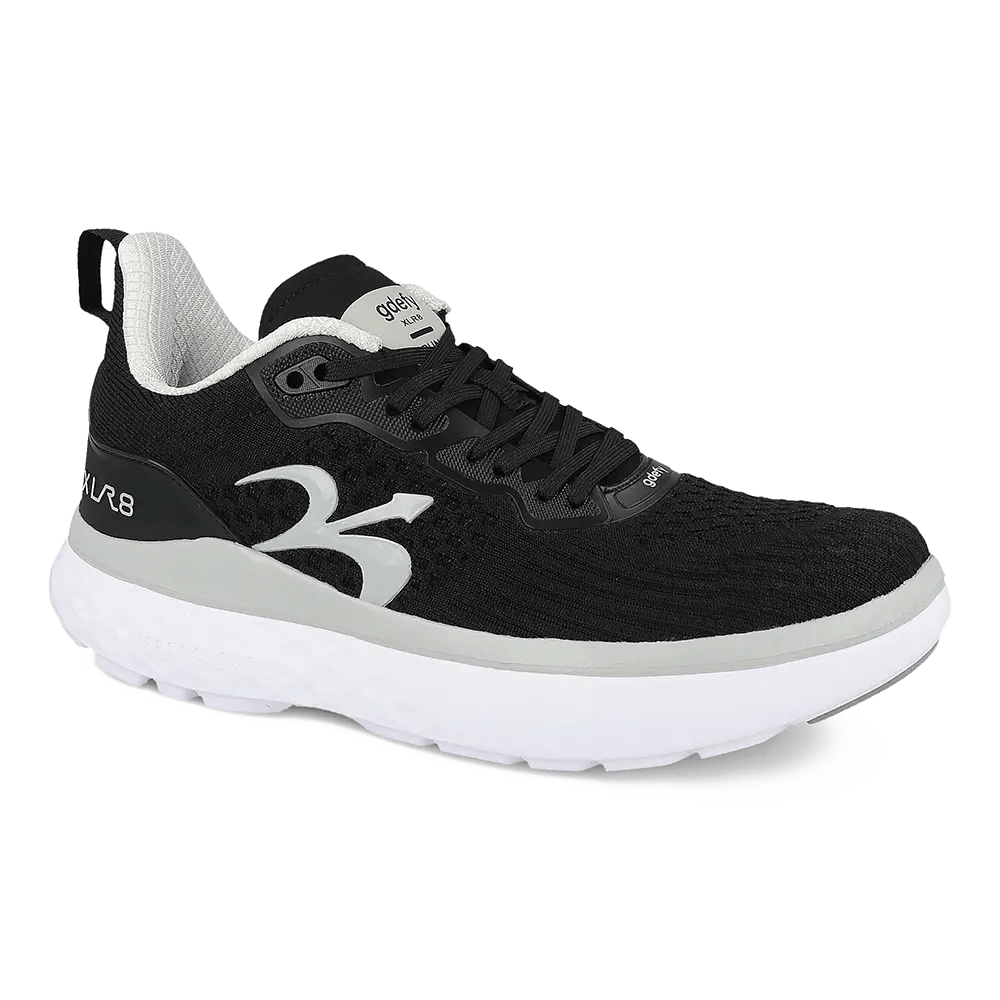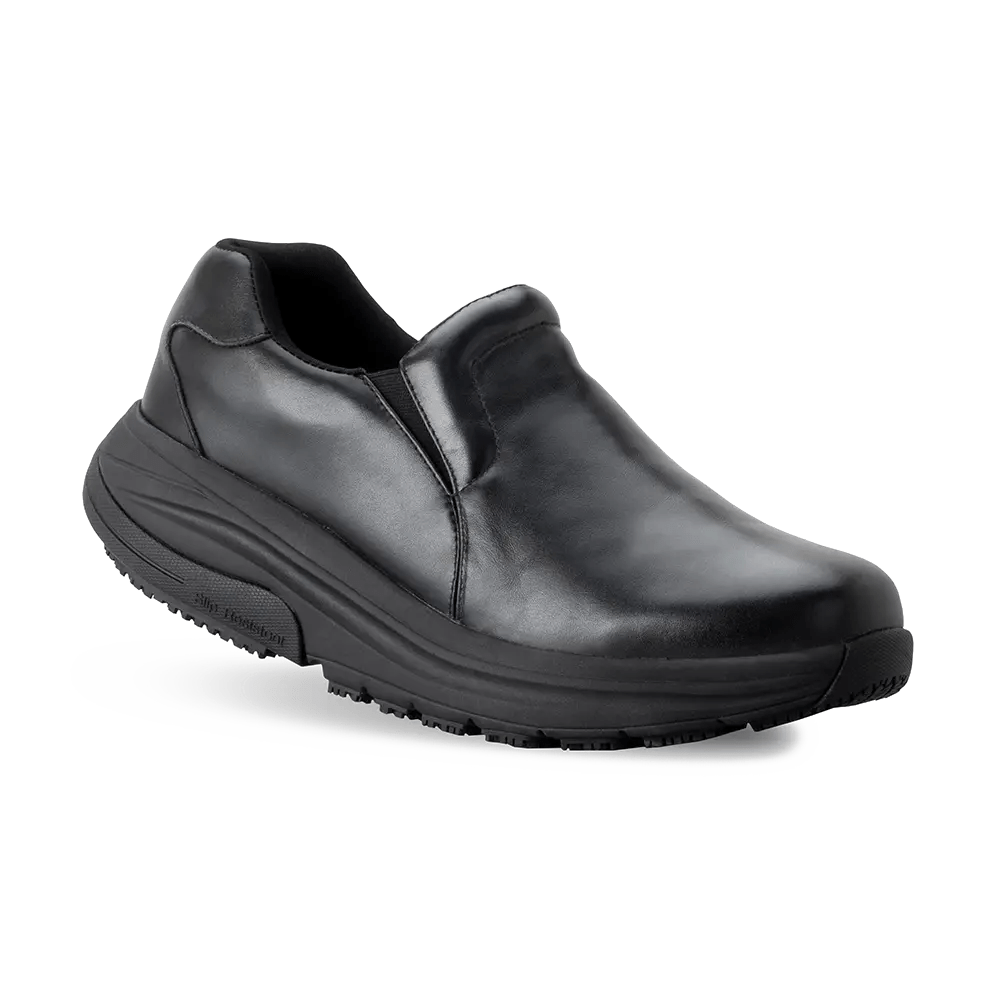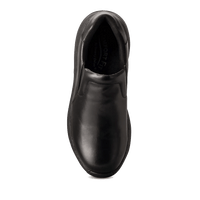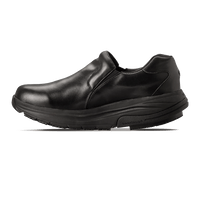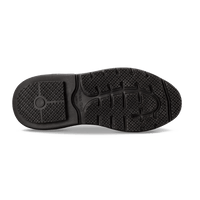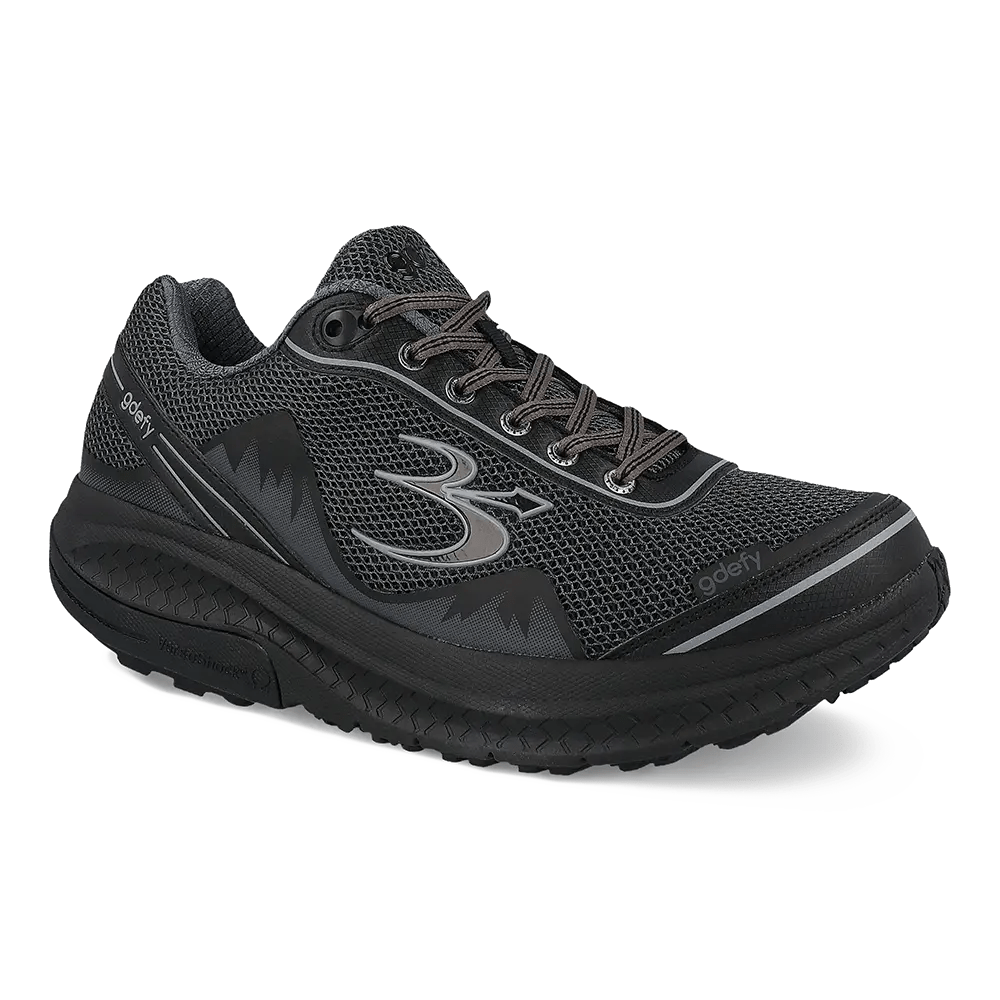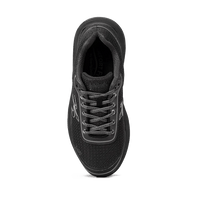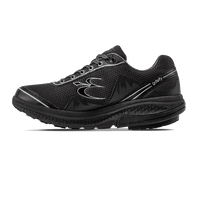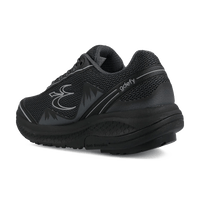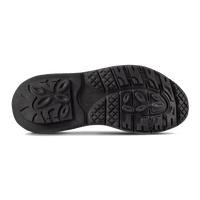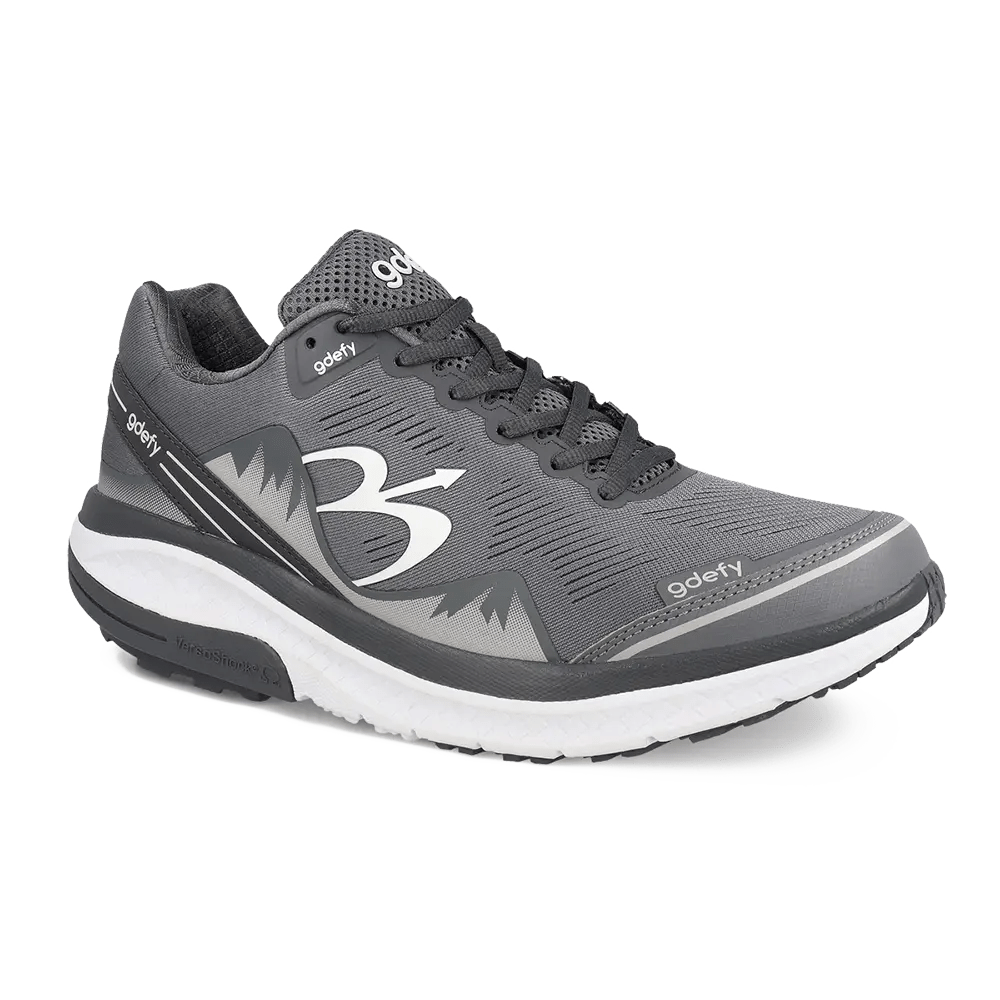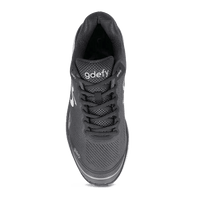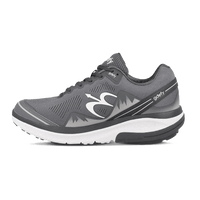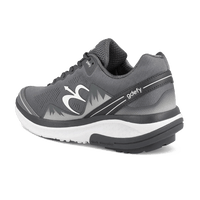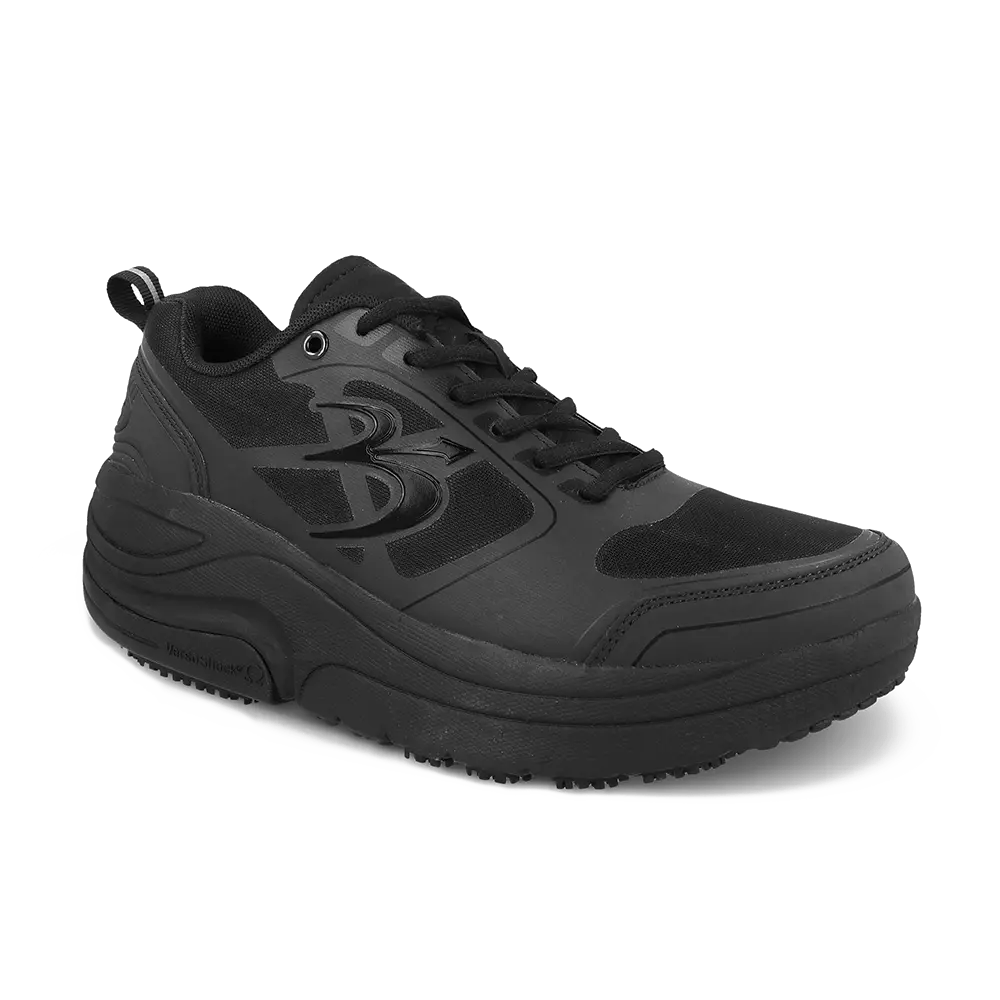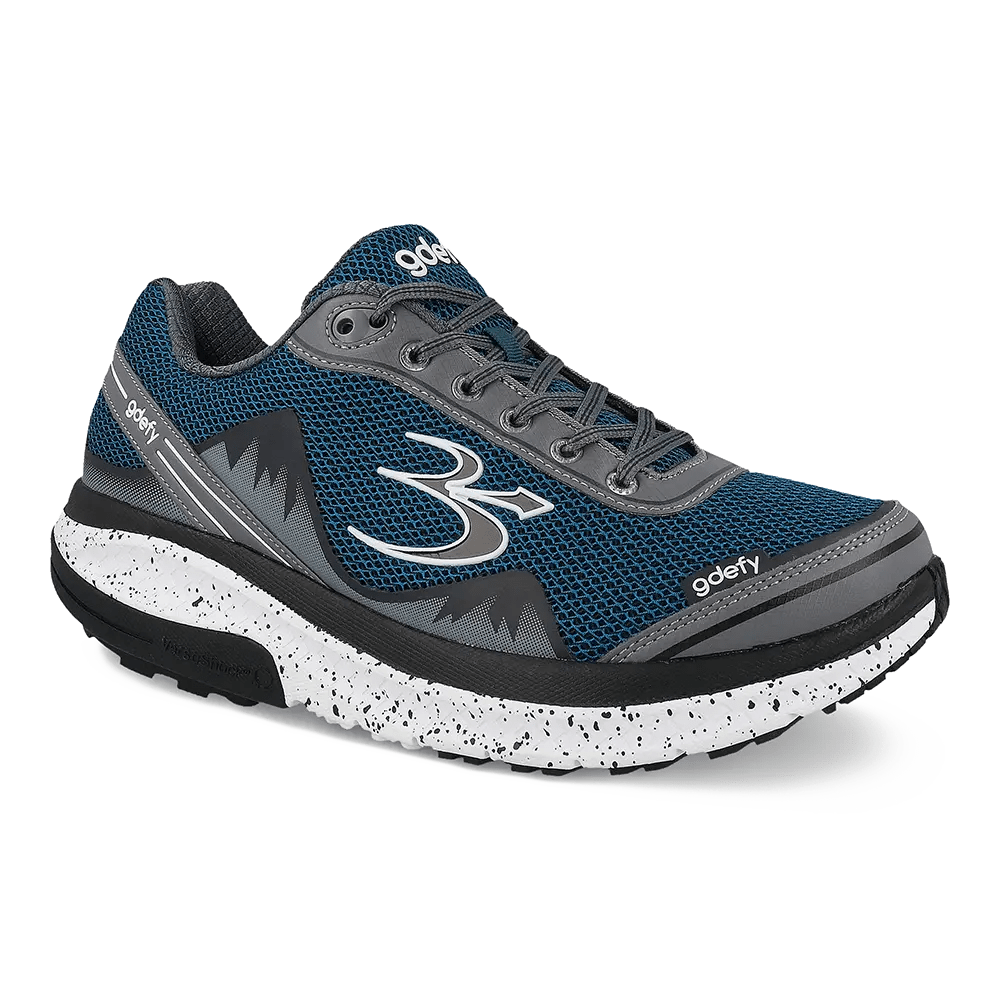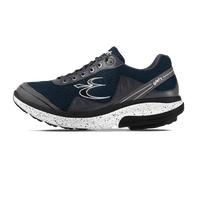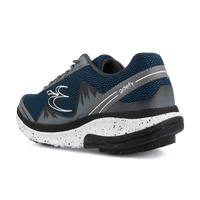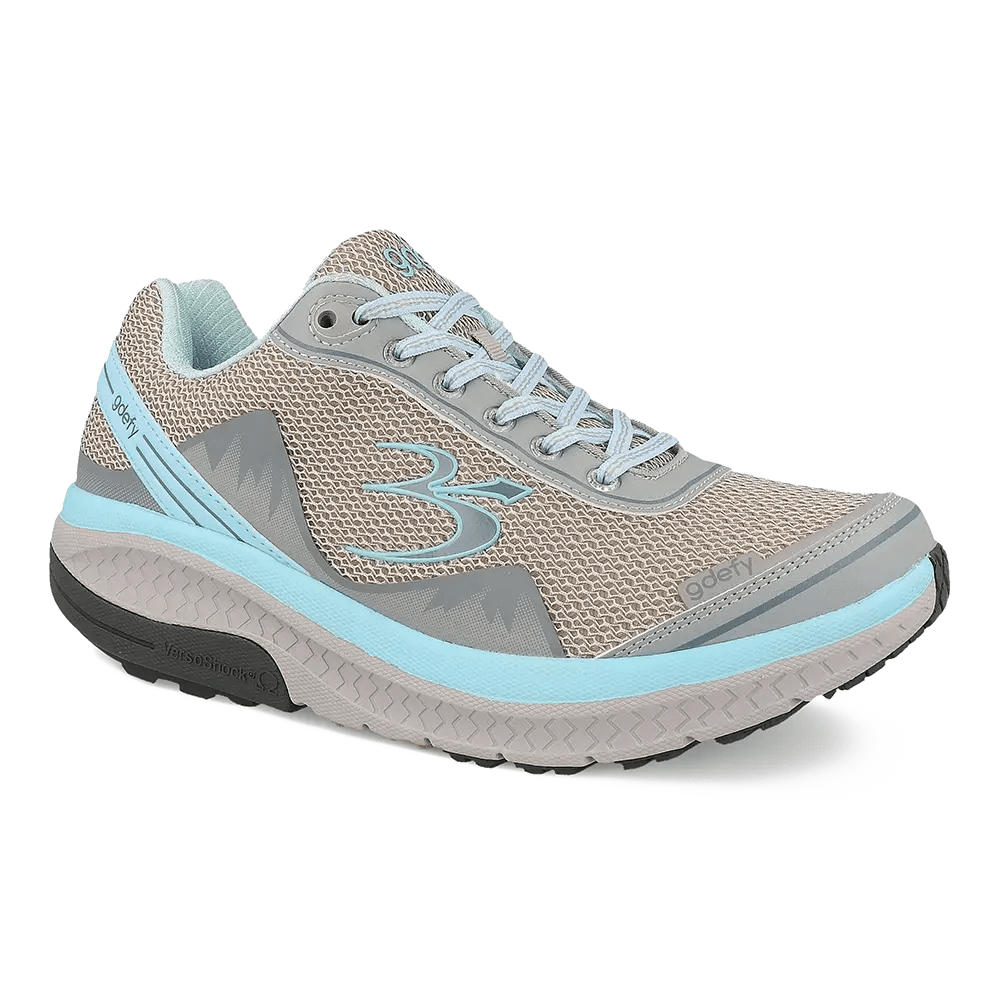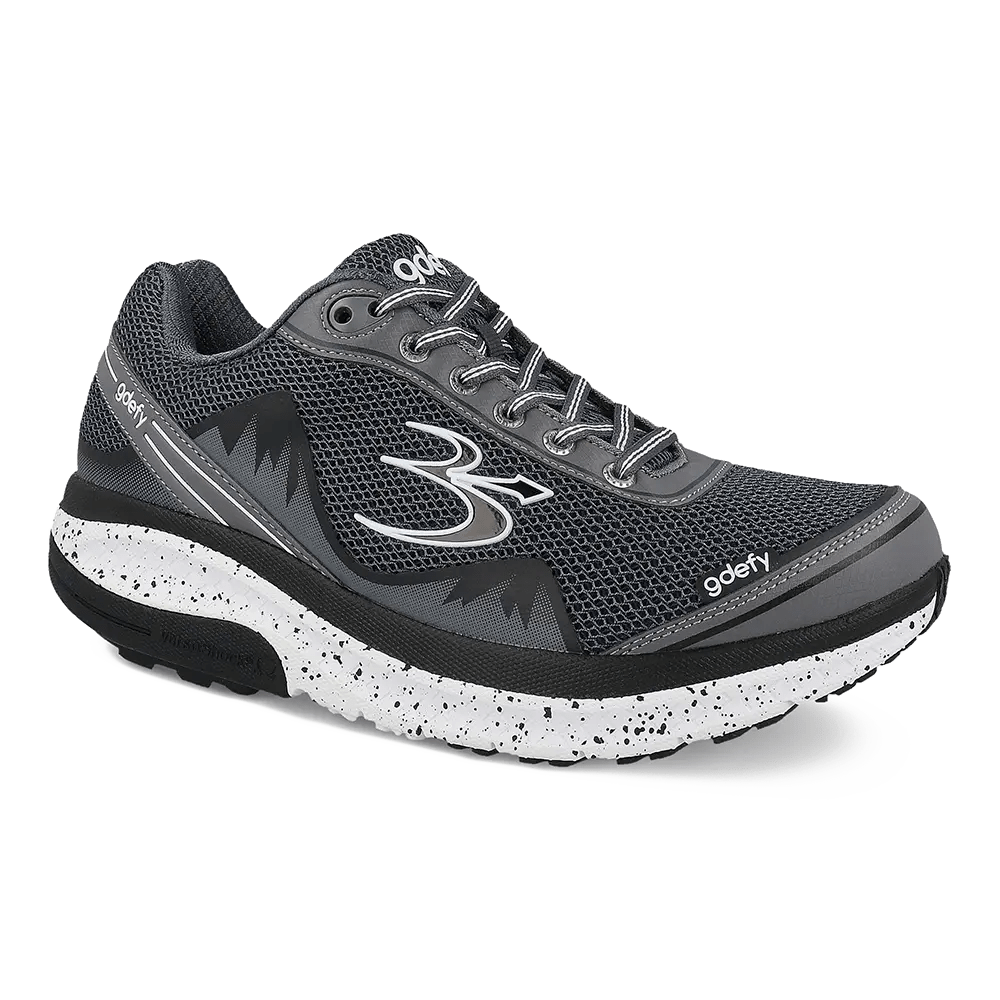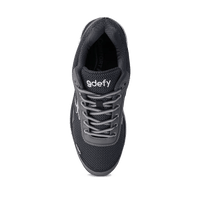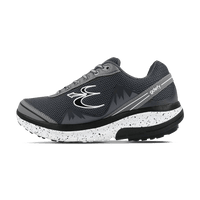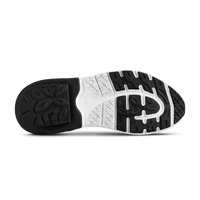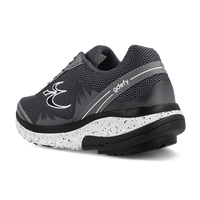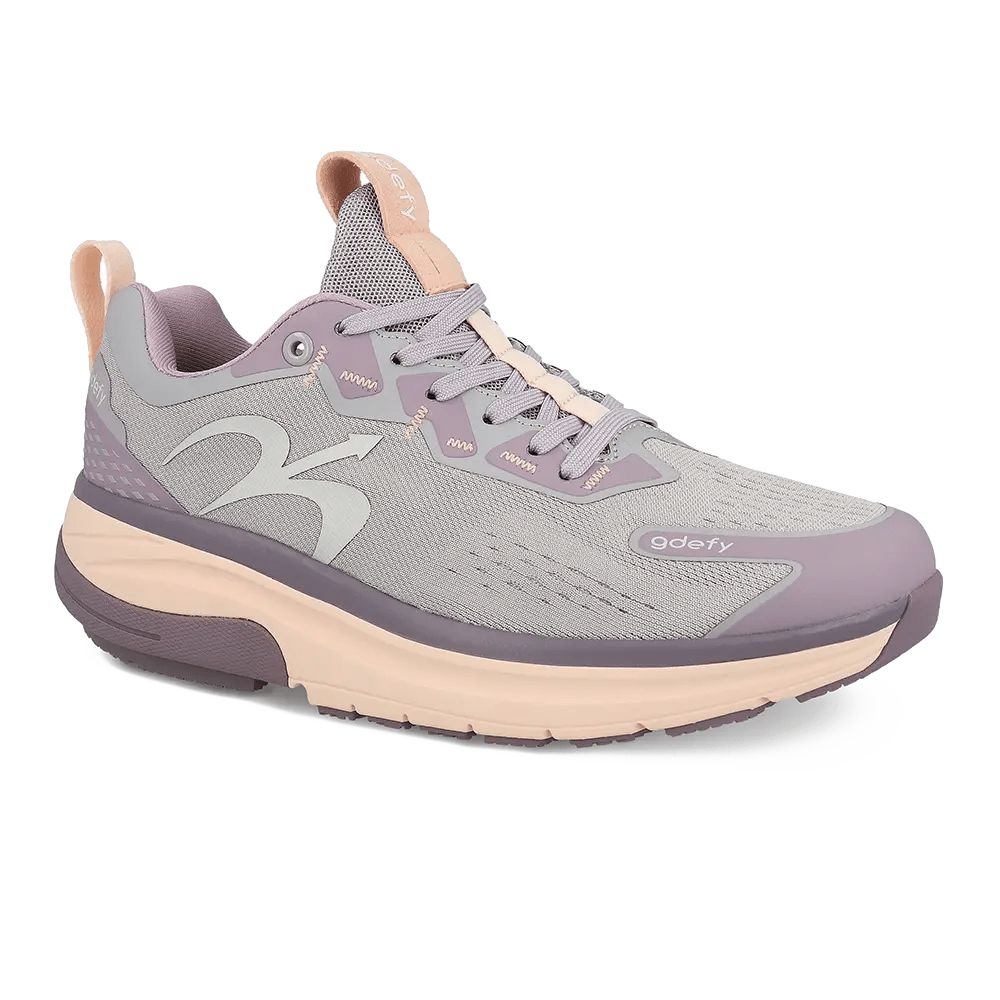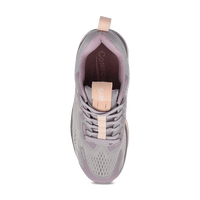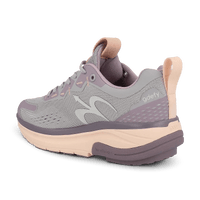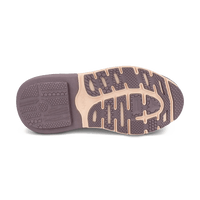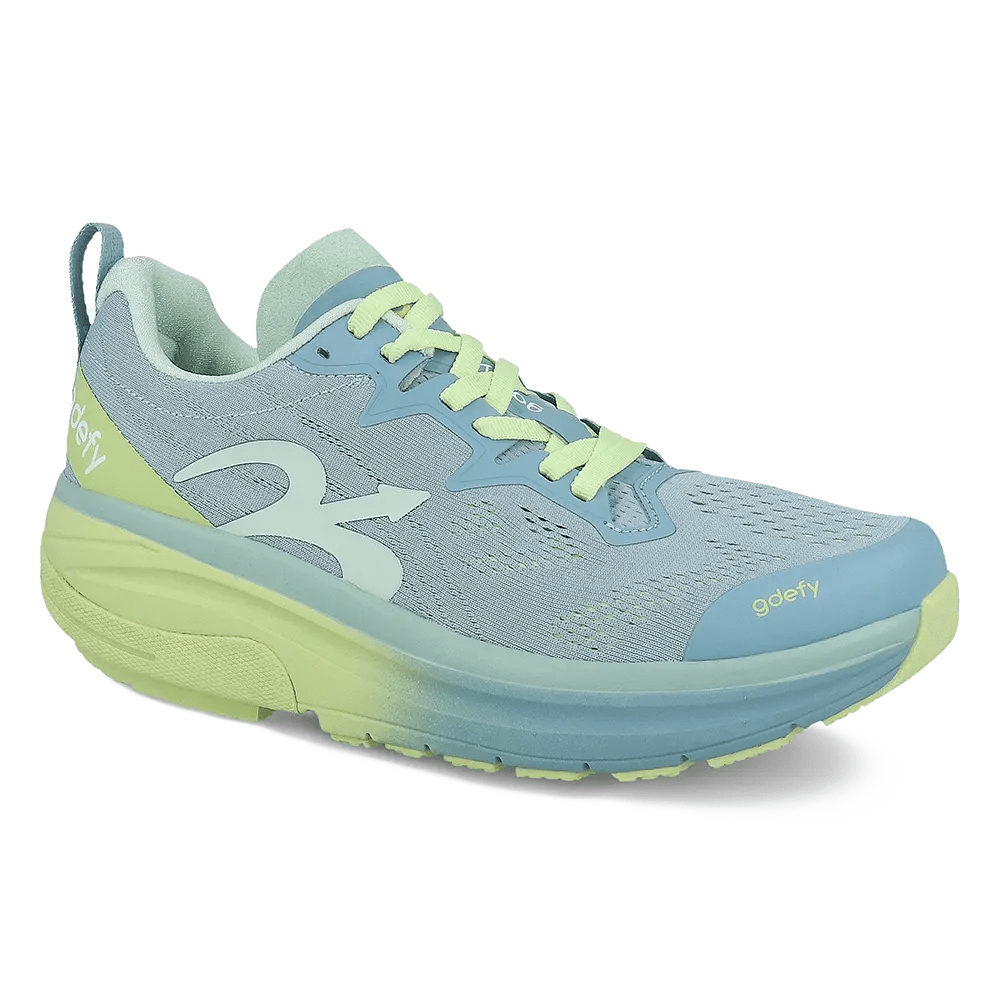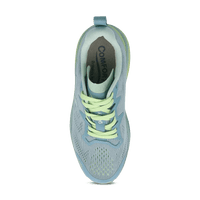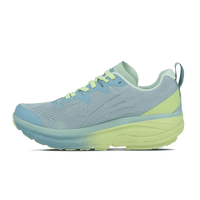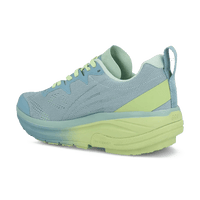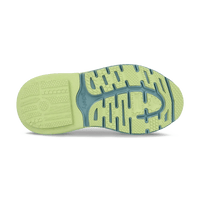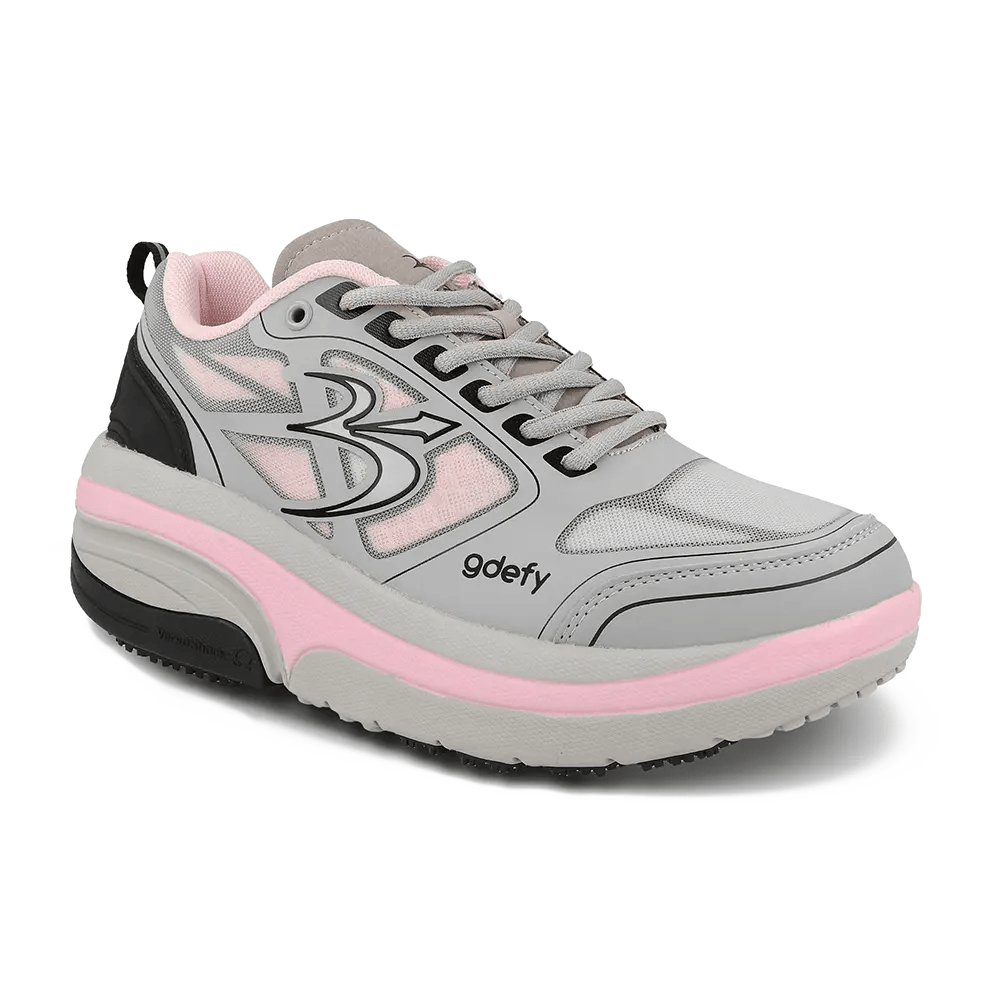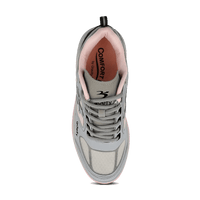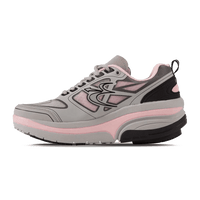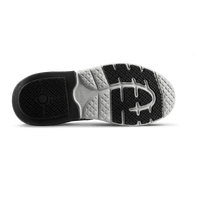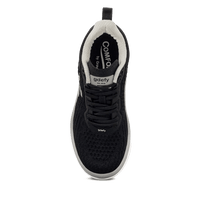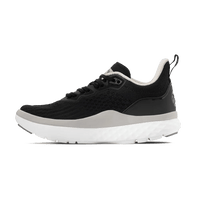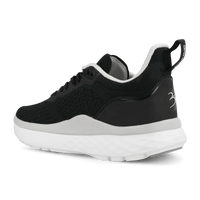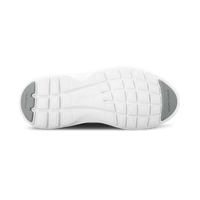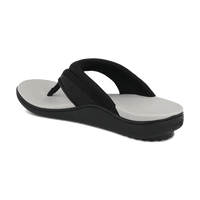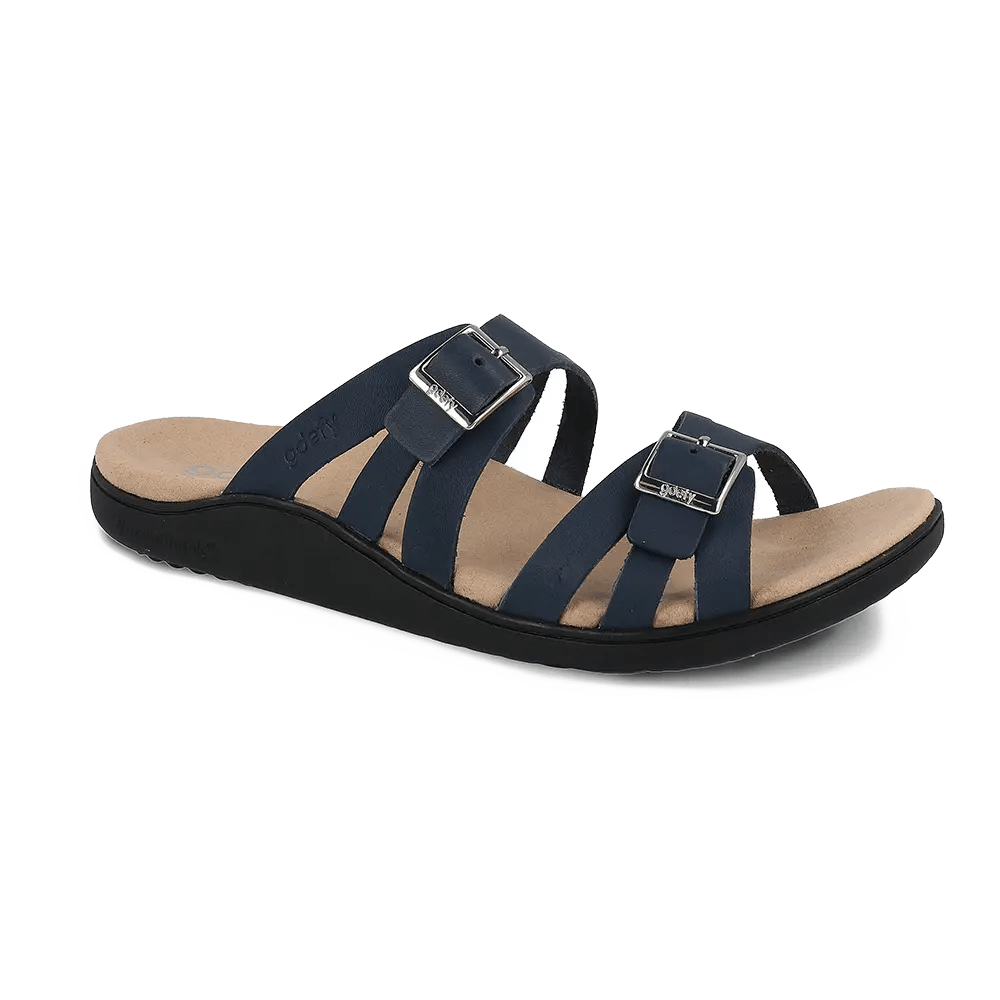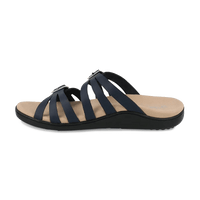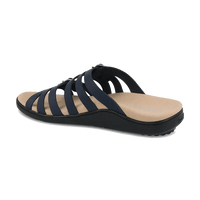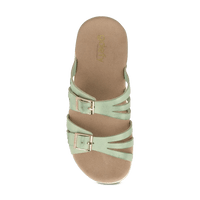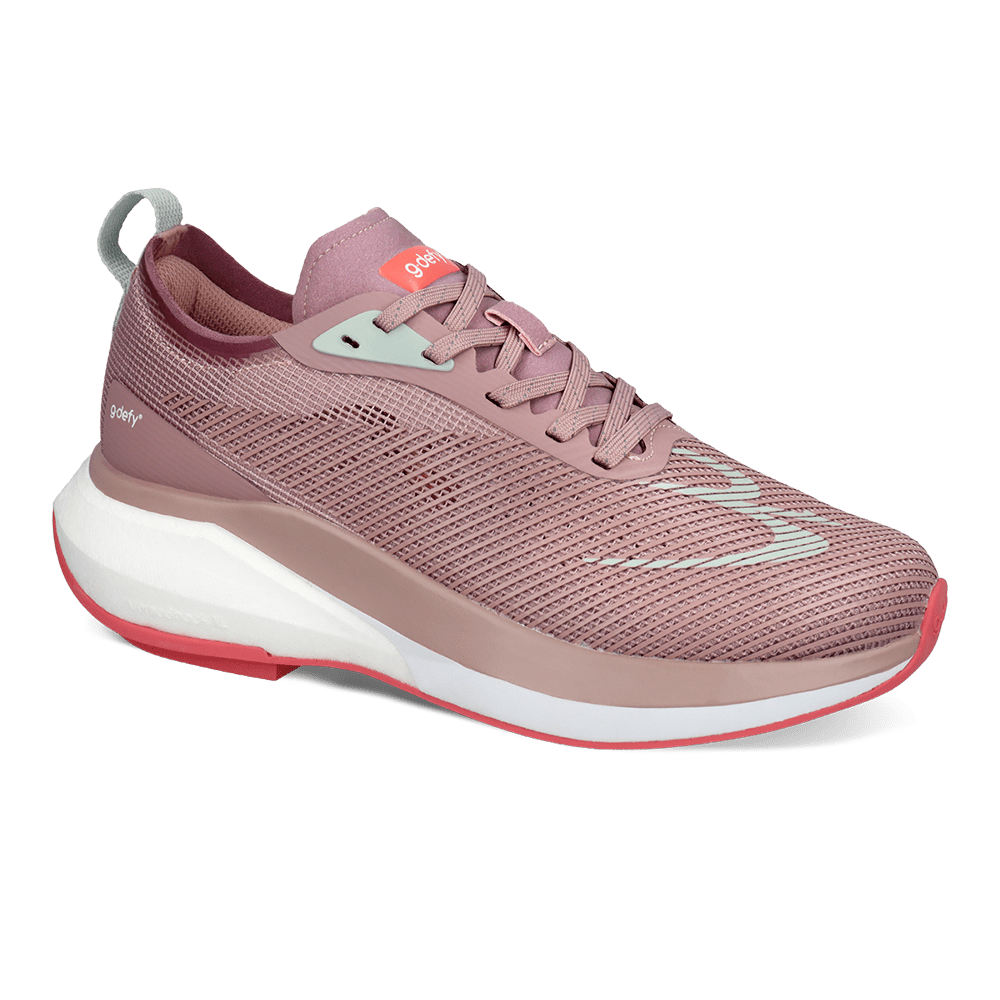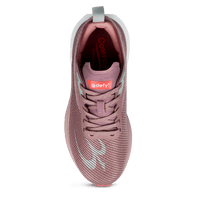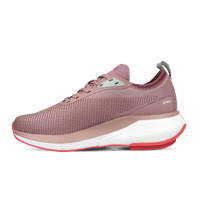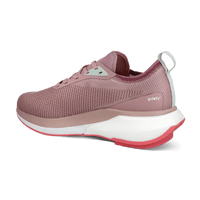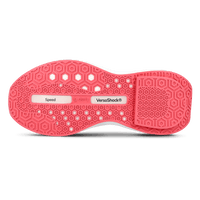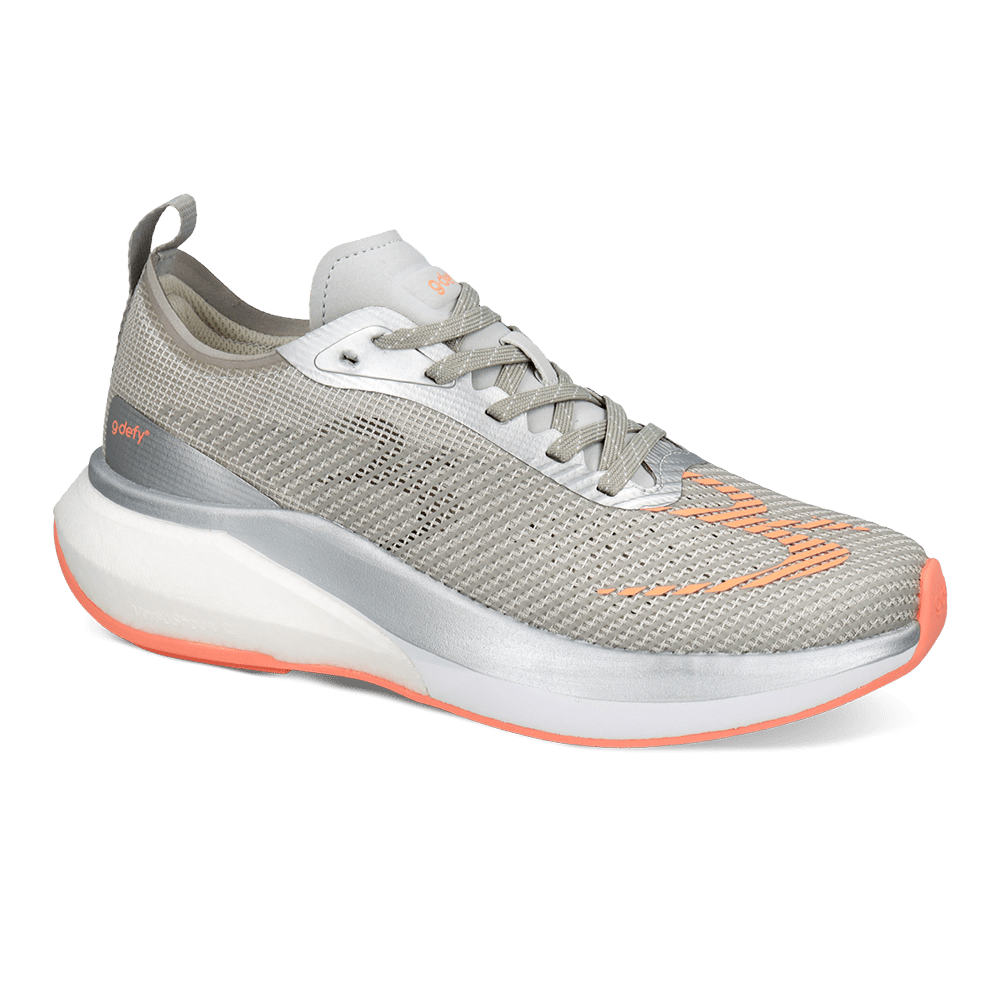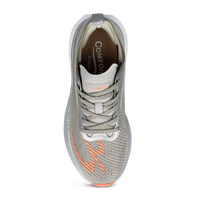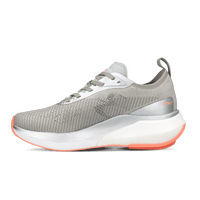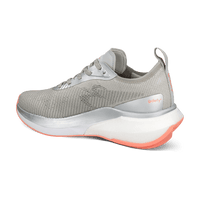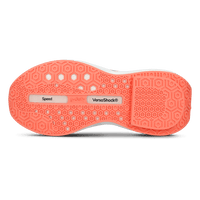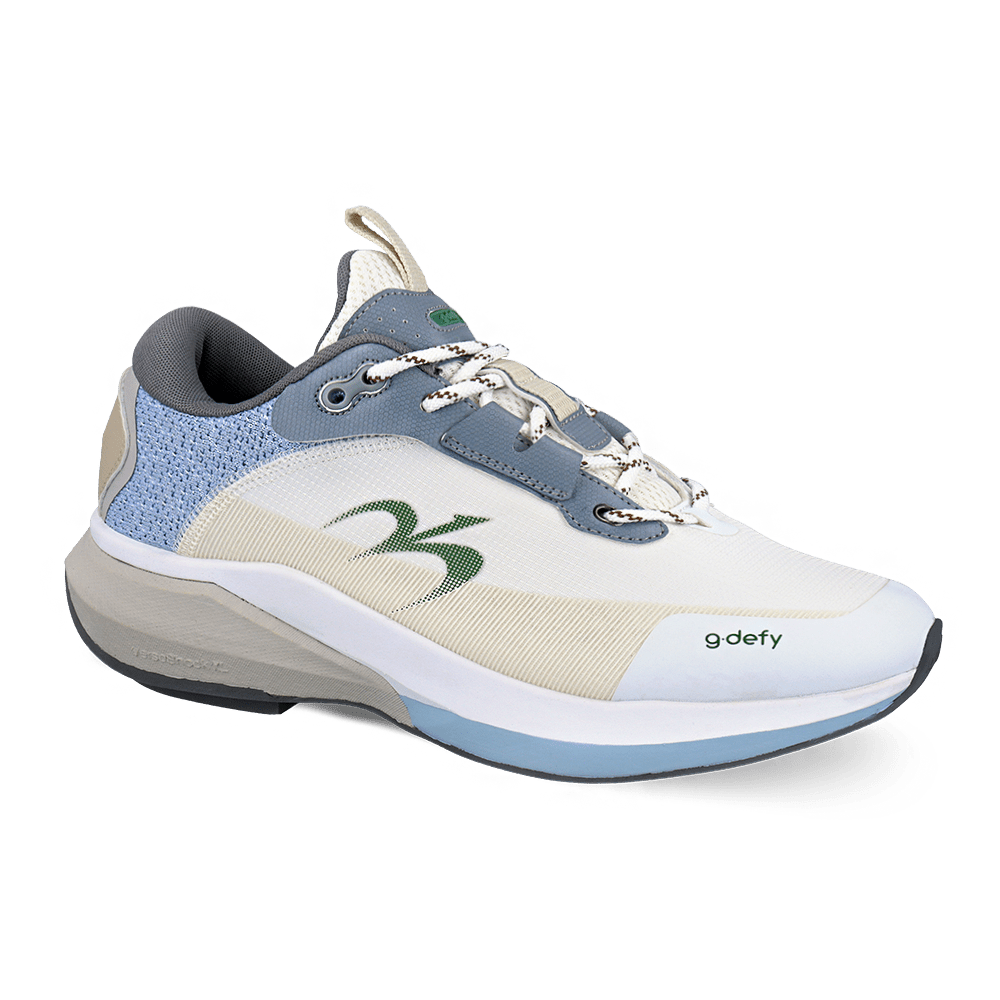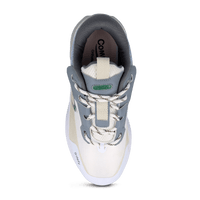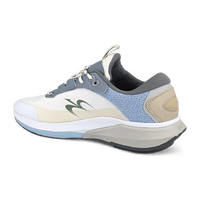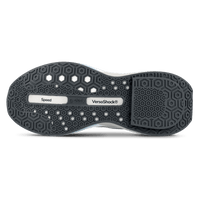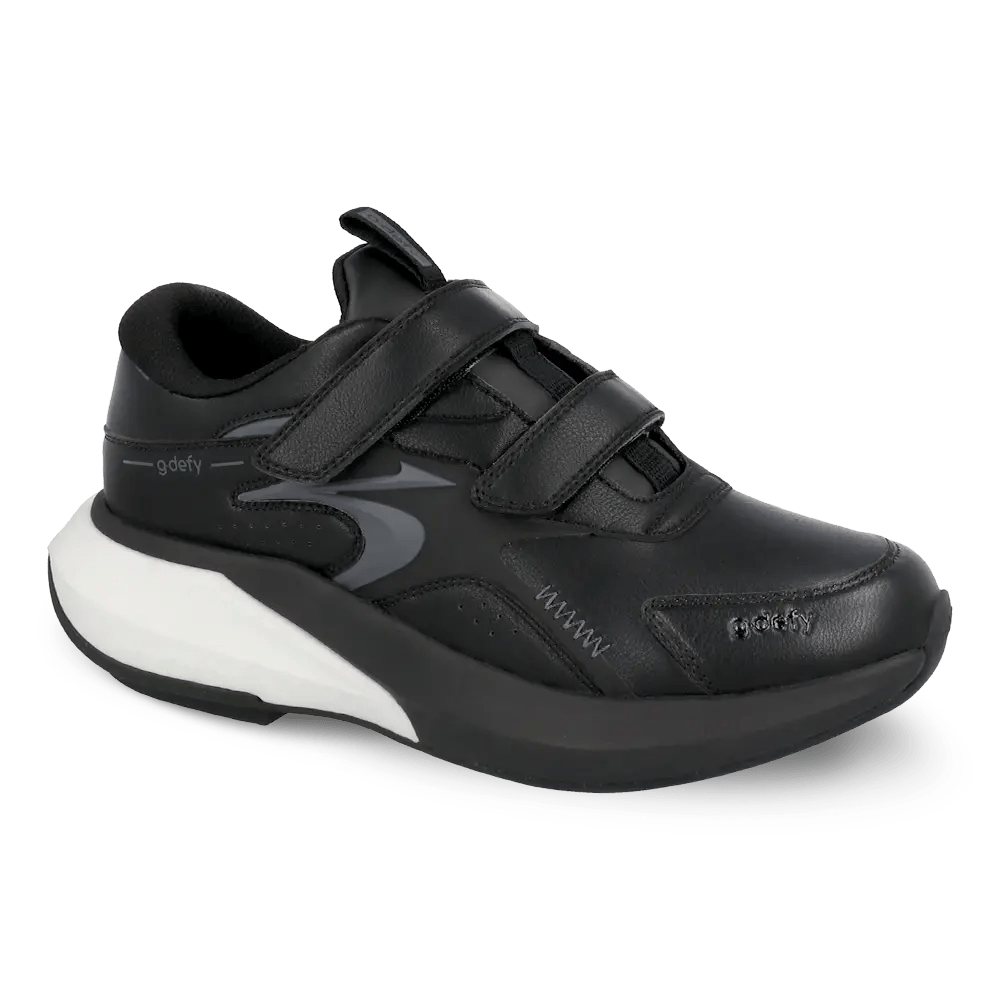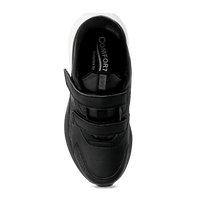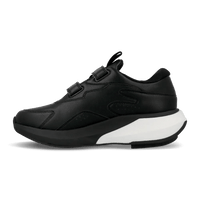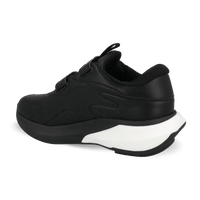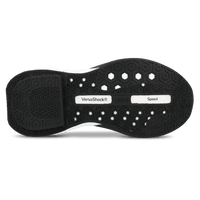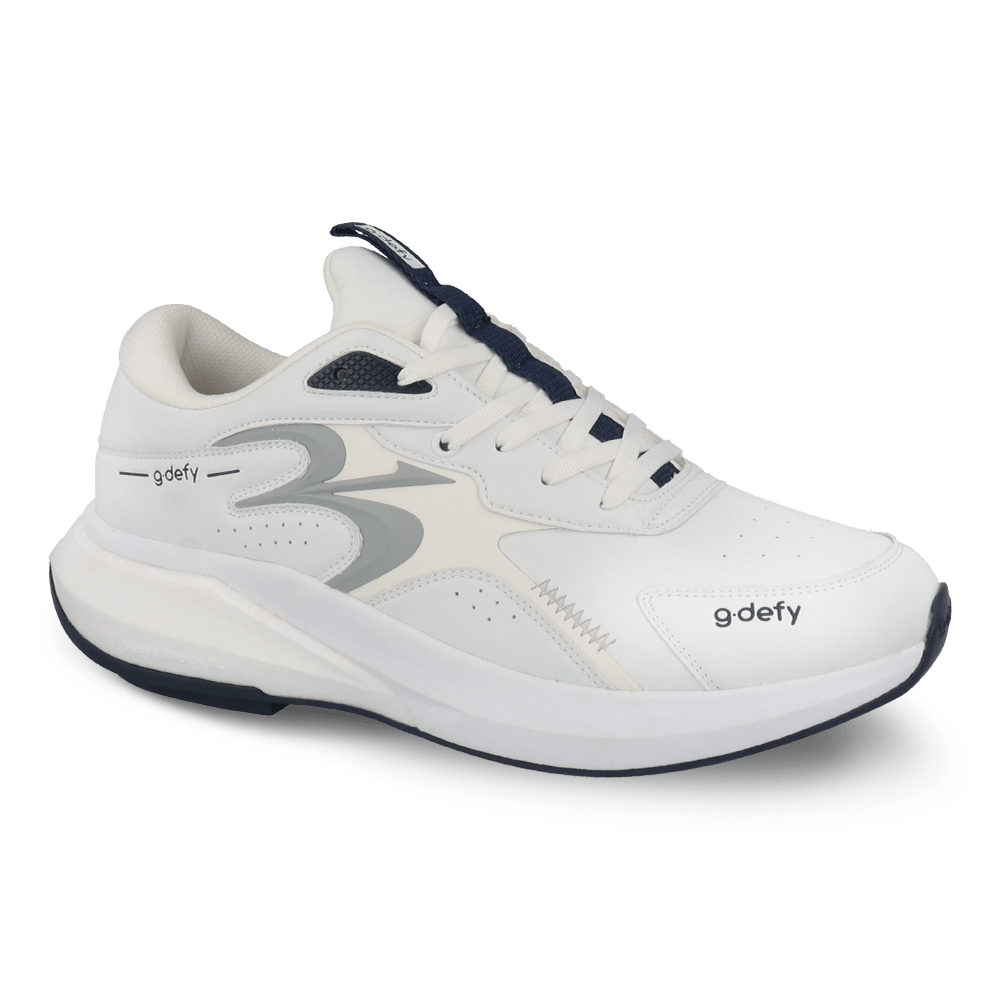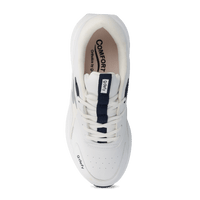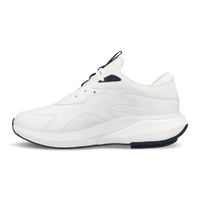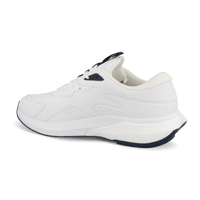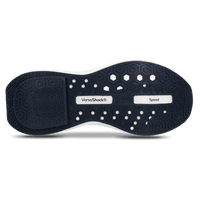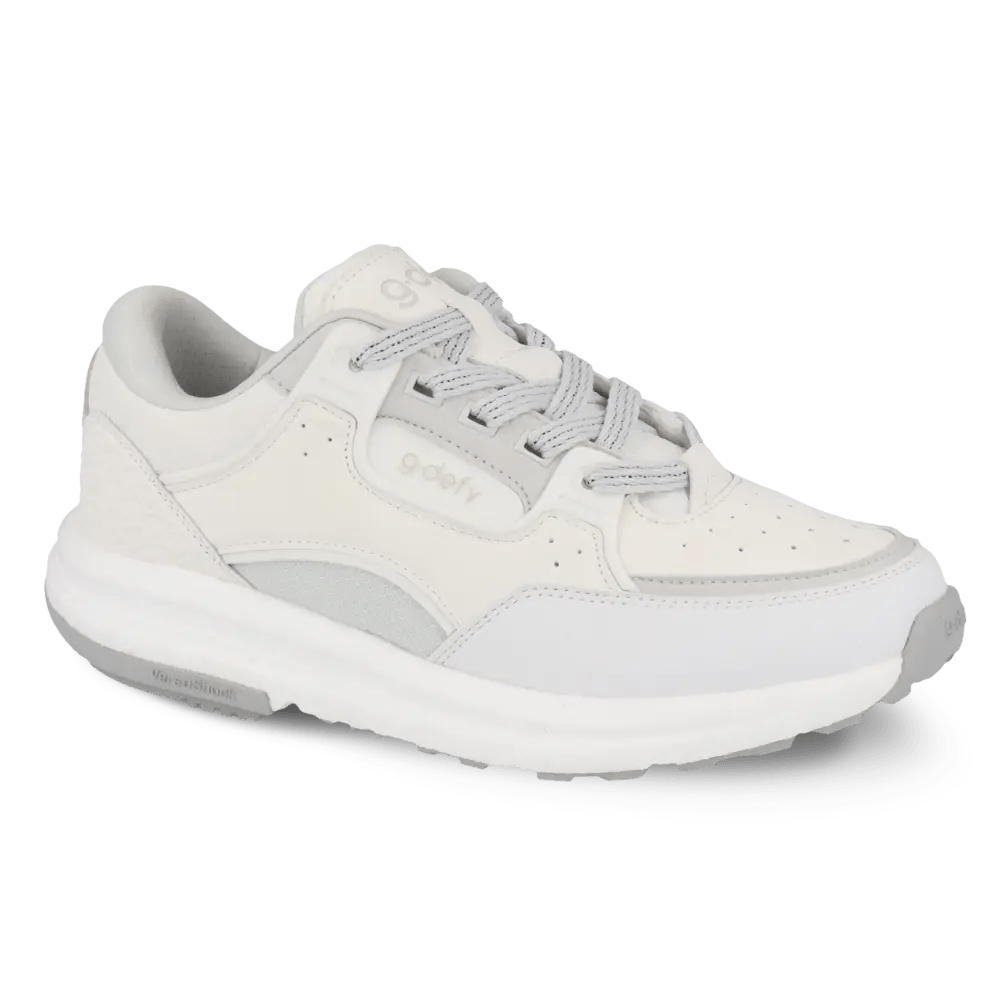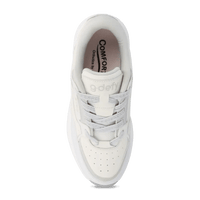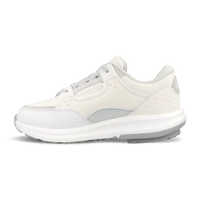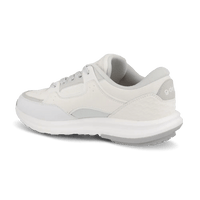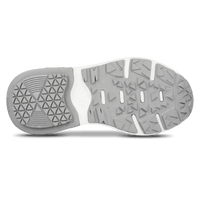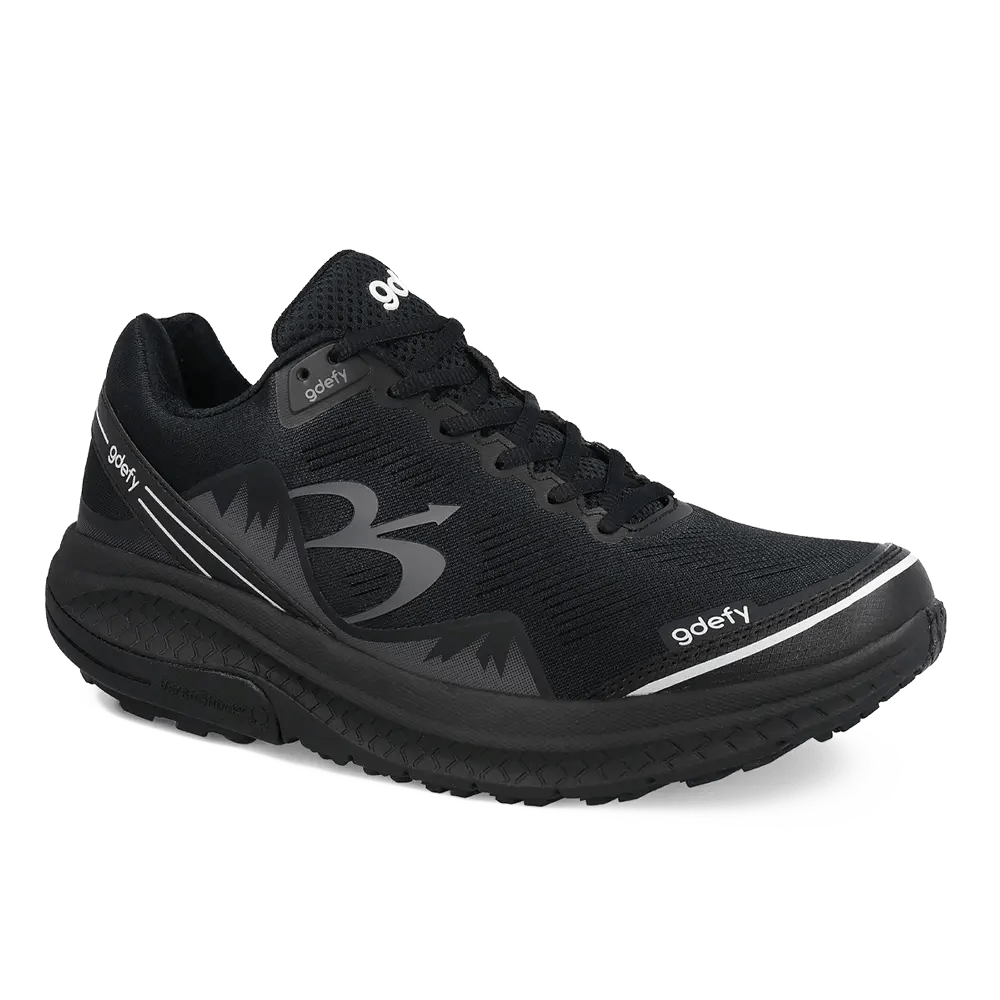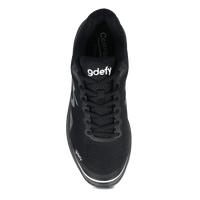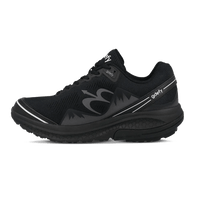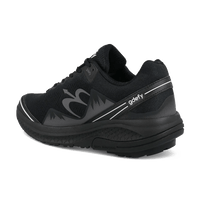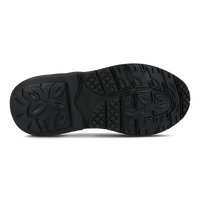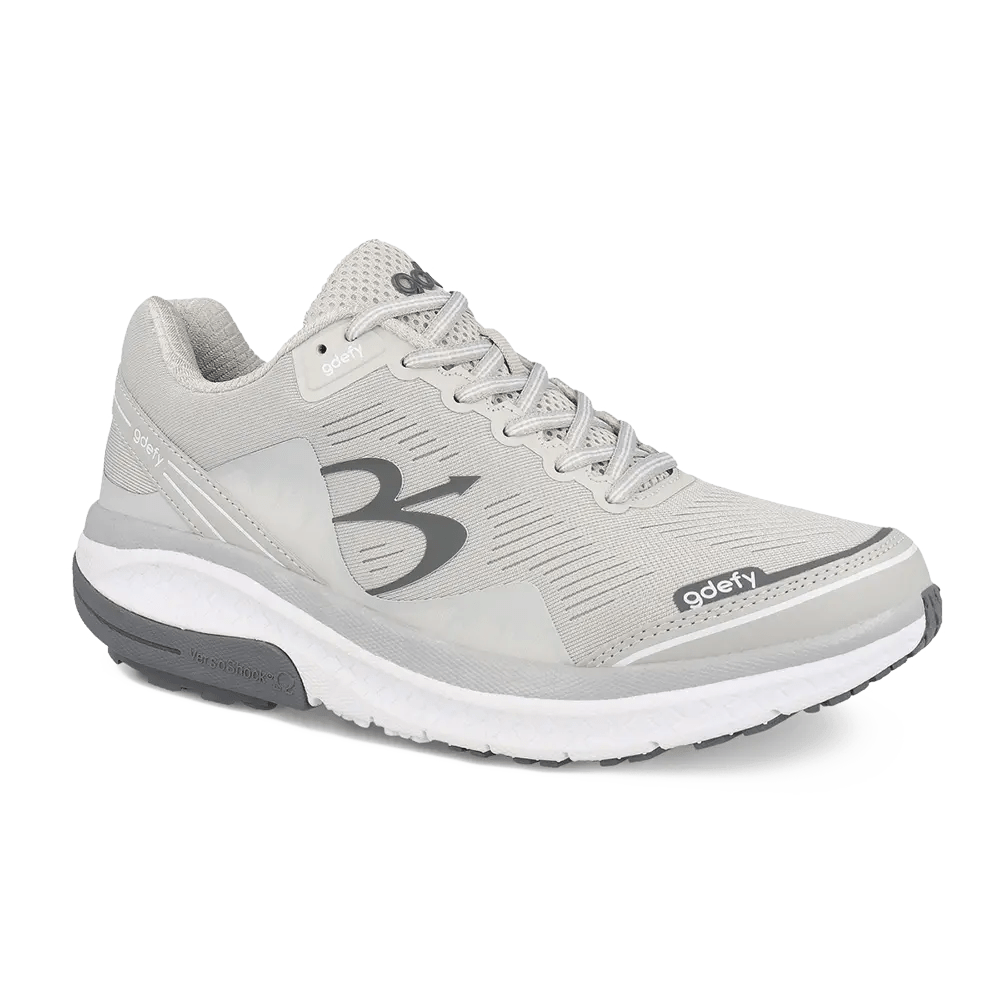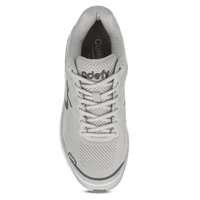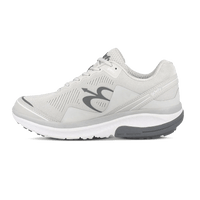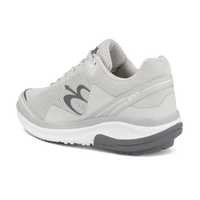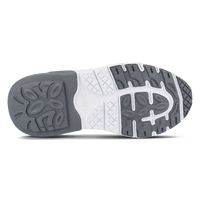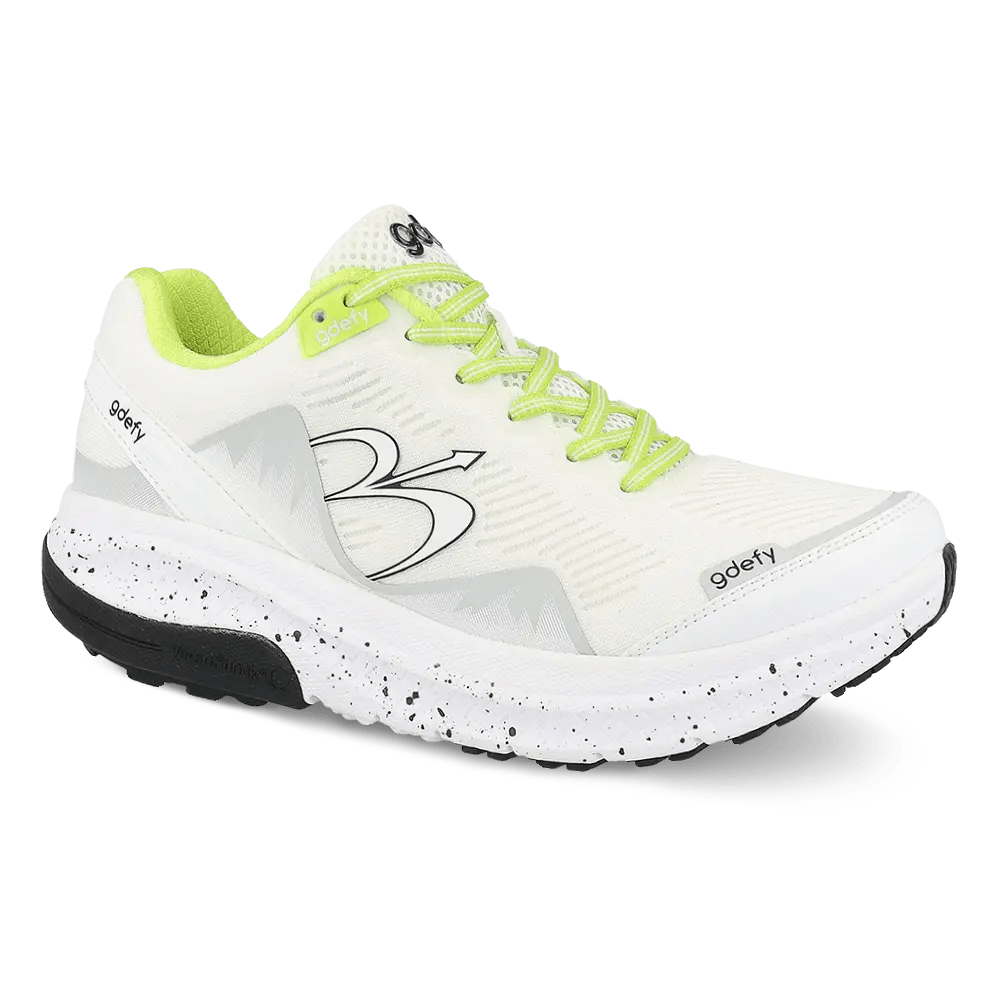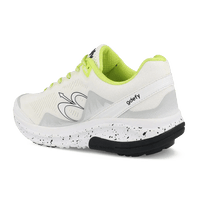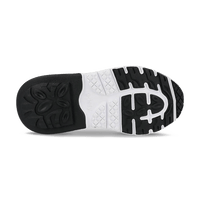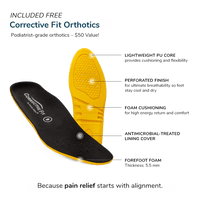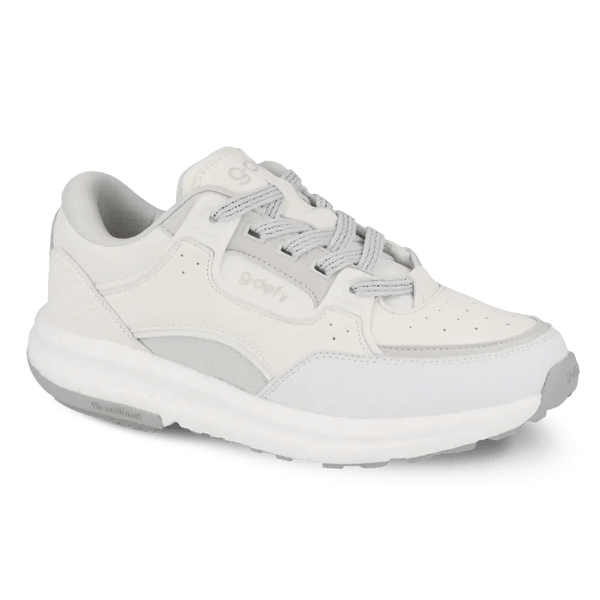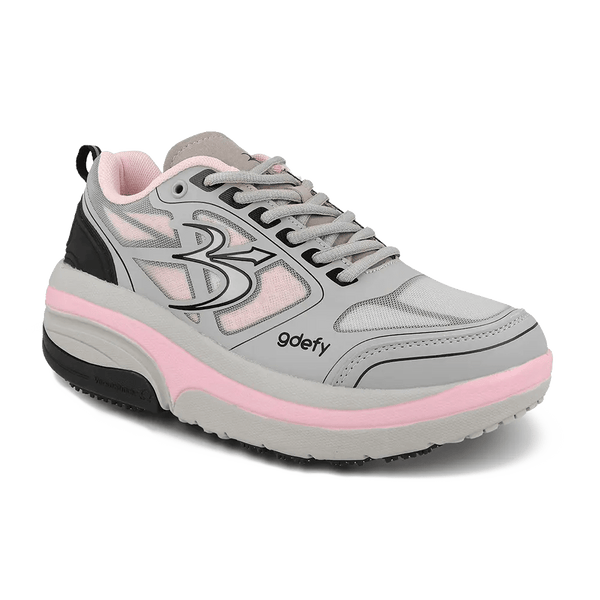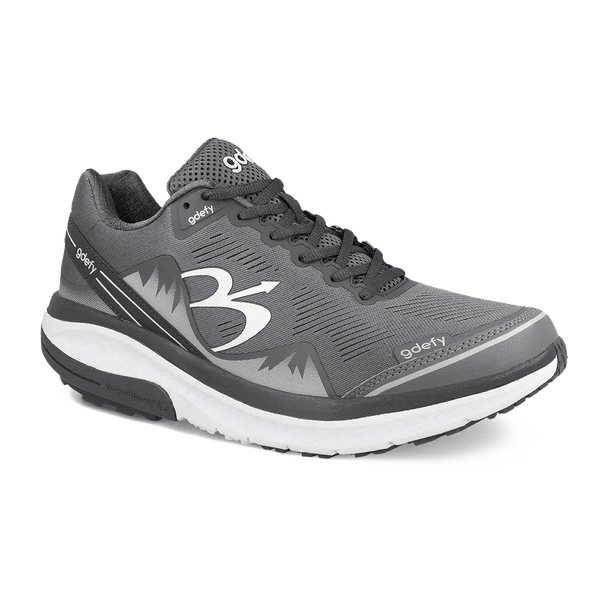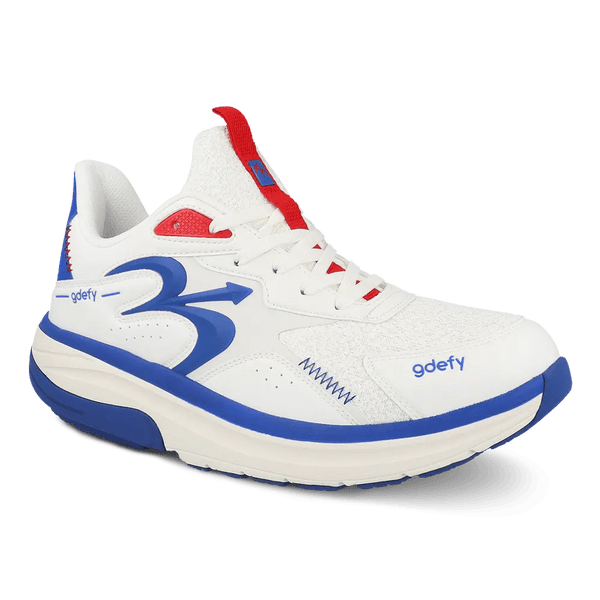April 28, 2025
Do You Need Wide Shoes? Here's How to Tell
By Gdefy
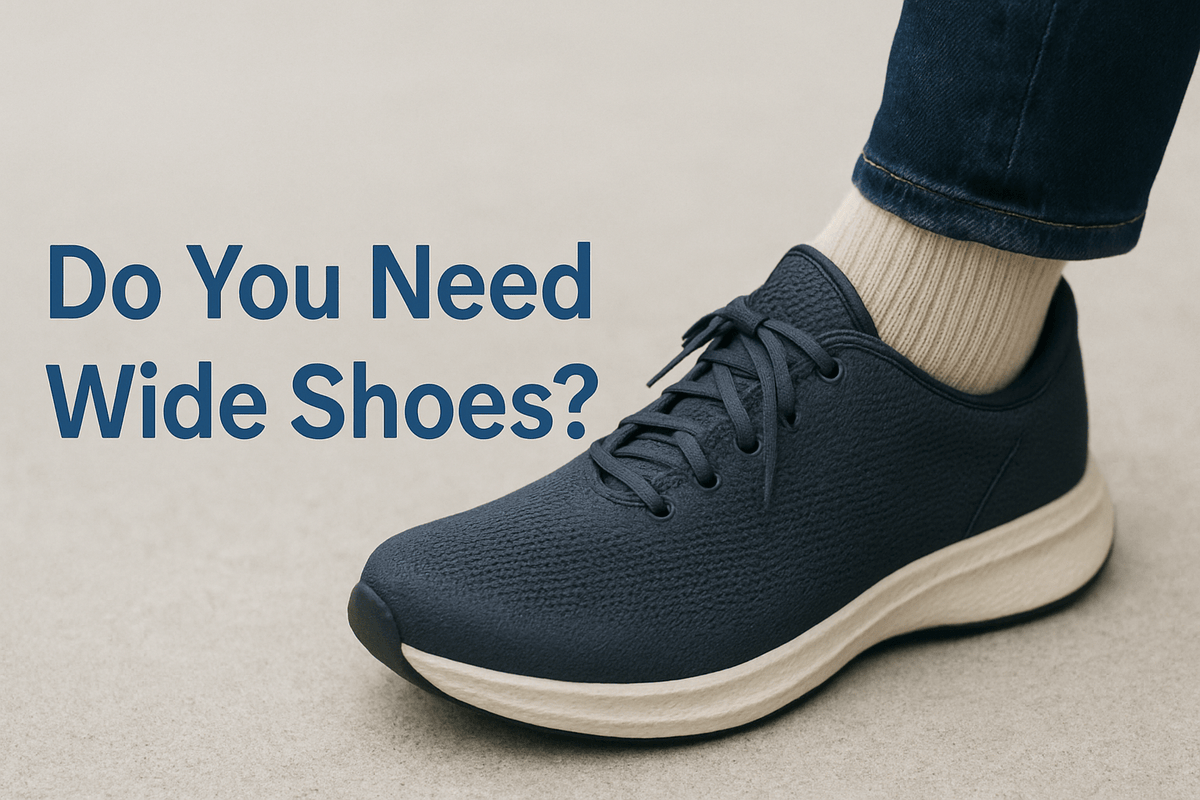
Summary
Why Shoe Width Matters
Shoe size doesn’t just refer to length; width plays an equally important role. If your shoes are too narrow for your feet, they can cause pressure points, restrict blood flow, and create issues like blisters, calluses, or bunions over time. Feet that have the space and support they need are not only more comfortable but are also less prone to injury and chronic conditions.
Choosing shoes with the right width ensures proper alignment, better weight distribution, fewer pressure points, and ultimately enhances your daily activities.

Signs You Might Need Wide Shoes
How can you tell if you need shoes with more room? Here are the most common signs to look out for:
1. Discomfort or Pain
Shoes that feel tight around the toes or sides of your feet are a classic sign they’re too narrow. If your shoes are causing discomfort or pain at the end of the day, it could be time to consider a wider size.
2. Pressure Marks or Redness
Notice redness or pressure marks along the sides of your feet? These are indicators the shoes are too snug. Telltale signs include indentations in the skin after wearing your current pair.
3. Numbness or Tingling
Shoes that compress your feet can restrict proper circulation, often resulting in numbness or tingling sensations. If you’ve experienced this during walks or extended wear, a wider fit may provide relief.
4. Blisters, Calluses, or Bunions
Persistent calluses on your toes or bunions forming at the base of your big toe can indicate you’re not using the appropriate shoe width. These conditions can worsen over time without proper footwear.
5. Spillover
If your feet spill over the sides of your shoes, particularly near the toes or heels, it means you need extra width to comfortably support your natural foot shape.
6. Preference for Larger Sizes
If you've been sizing up your shoes to get more toe room but find the length feels too long, you may benefit from choosing a wider shoe instead.
Measuring Your Foot Width
To make sure you’re buying the right shoes, measuring your foot width accurately is a great first step. Here's how:
- Gather the Tools
You’ll need a piece of paper, a pen, and a ruler or measuring tape.
- Trace Your Feet
Stand on the paper and use the pen to outline each foot. Be sure to hold the pen vertically to get an accurate measurement.
- Measure the Width
Use the ruler or tape to measure the widest part of the traced outline, typically near the ball of your foot.
- Compare to a Chart
Refer to a shoe width chart to see if your measurement falls into the standard, wide, or extra-wide category. Shoe width is usually labeled on footwear like this:
-
-
- B Width for medium women’s sizes
- D Width for medium men’s sizes
- EE Width for extra-wide fit
-
Don't forget to measure both feet individually, as it’s common for one foot to be wider than the other.
Why You Might Have Wide Feet
Understanding the cause of wide feet can help you choose the best footwear moving forward. Here are some common reasons for broad foot shapes:
- Genetics
Wide feet often run in families.
- Flat Feet
Fallen arches or flat feet can naturally result in a broader foot shape.
- Aging
Over time, ligaments loosen, and feet may flatten or widen due to natural wear and tear.
- Medical Conditions
Edema (swelling) or conditions like bunions, hammertoes, or Morton's neuroma can increase foot width.
- Pregnancy
Hormonal changes and added pressure during pregnancy can lead to broader and swollen feet.
- Improper Footwear
Wearing tight or narrow shoes can deform the natural structure of your feet over time.
Benefits of Wearing Wide Shoes
Investing in wide shoes brings more benefits than immediate comfort. Here’s why it pays off long term:
- Relieves Pressure Points
More space means less strain on the ball of the foot and toes.
- Prevents Foot Problems
Wide shoes give room to prevent or reduce painful conditions like bunions and corns.
- Accommodates Orthotics
If you use insoles or orthotics, wide shoes allow extra space for a better fit without compromising comfort.
- Enhanced Performance
Whether you’re walking, running, or just working a long shift, wide shoes provide added stability during every step.
Choosing Wide Shoes for Different Needs
The type of shoe you need may vary depending on your daily activities. Here’s what to keep in mind:
- Daily Wear
Look for well-cushioned sneakers or slip-on styles with a broad toe box.
- Athletic Shoes
Opt for wide-fit running or training shoes that cater to lateral movements and long-distance activities.
- Professional Settings
Many brands now offer wide-fit dress shoes or boots that prioritize both style and function.
- Orthopedic Footwear
For those with specific medical needs, therapeutic shoes often come in wide widths to provide extra stability and support.
How to Shop for Wide Shoes
When shopping for wide shoes, here are a few tips to help you find the perfect fit:
- Check the Labels
Look for size descriptions like "Wide" or "2E". Some brands may label wide shoes as "W” or “EE."
- Try Before You Buy
Always test the shoes in-store if possible. Walk around to ensure there’s enough room and no pressure.
- Consider Specialized Brands
Some brands specialize in wide or custom-fit shoes, making it easier to find just what you need.
- Shop Online with Care
If buying online, read product descriptions carefully and ensure the retailer offers an easy return policy.
Final Thoughts
Wearing the right shoe width can make a world of difference in your daily comfort, foot health, and even posture. Whether you're dealing with existing foot conditions or simply looking for a more comfortable fit, taking time to ensure you have the correct width is well worth your effort.
If you're ready to upgrade your footwear, check out our curated collection of wide-fit shoes designed to support your lifestyle. Don’t wait to give your feet the comfort and care they deserve!



